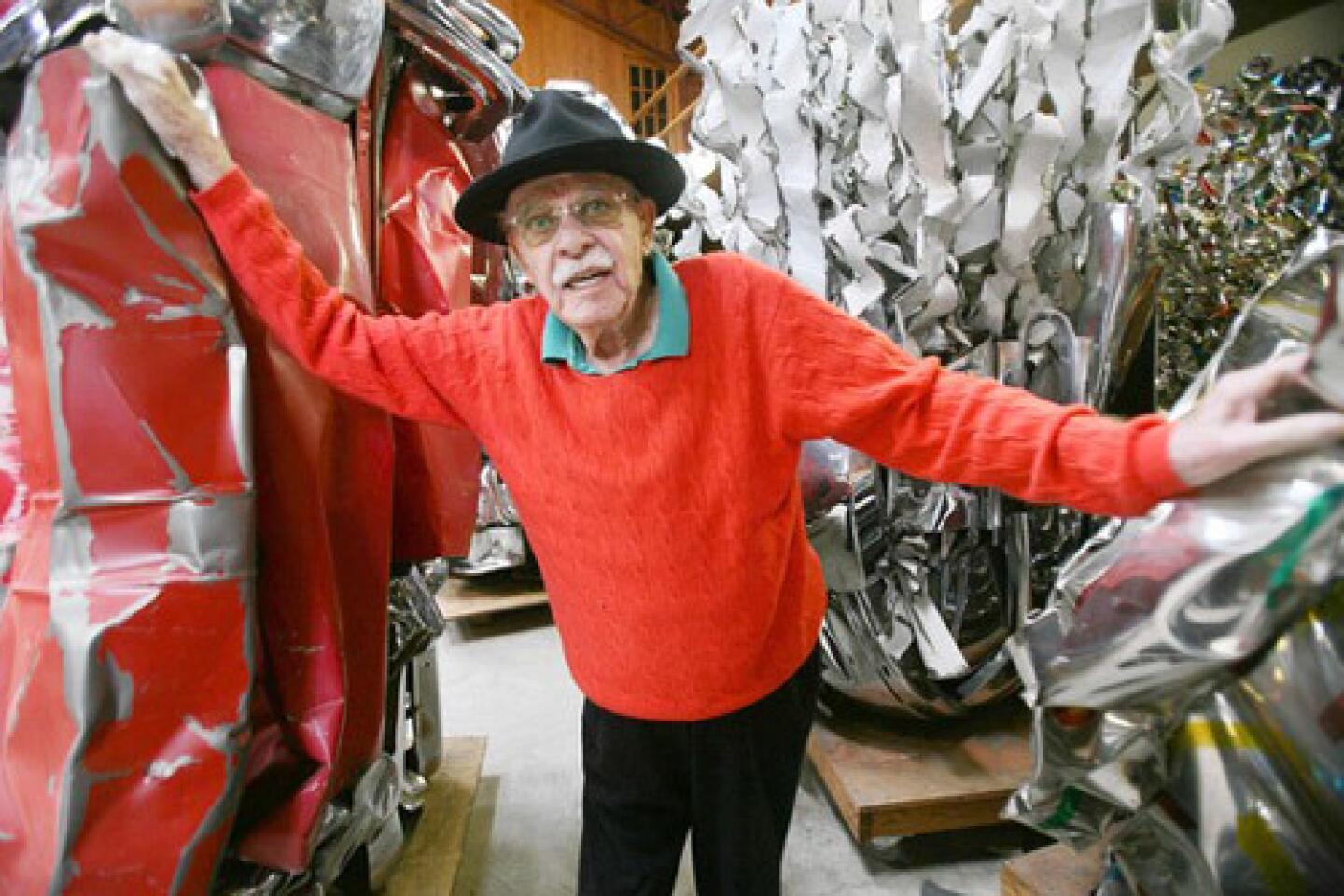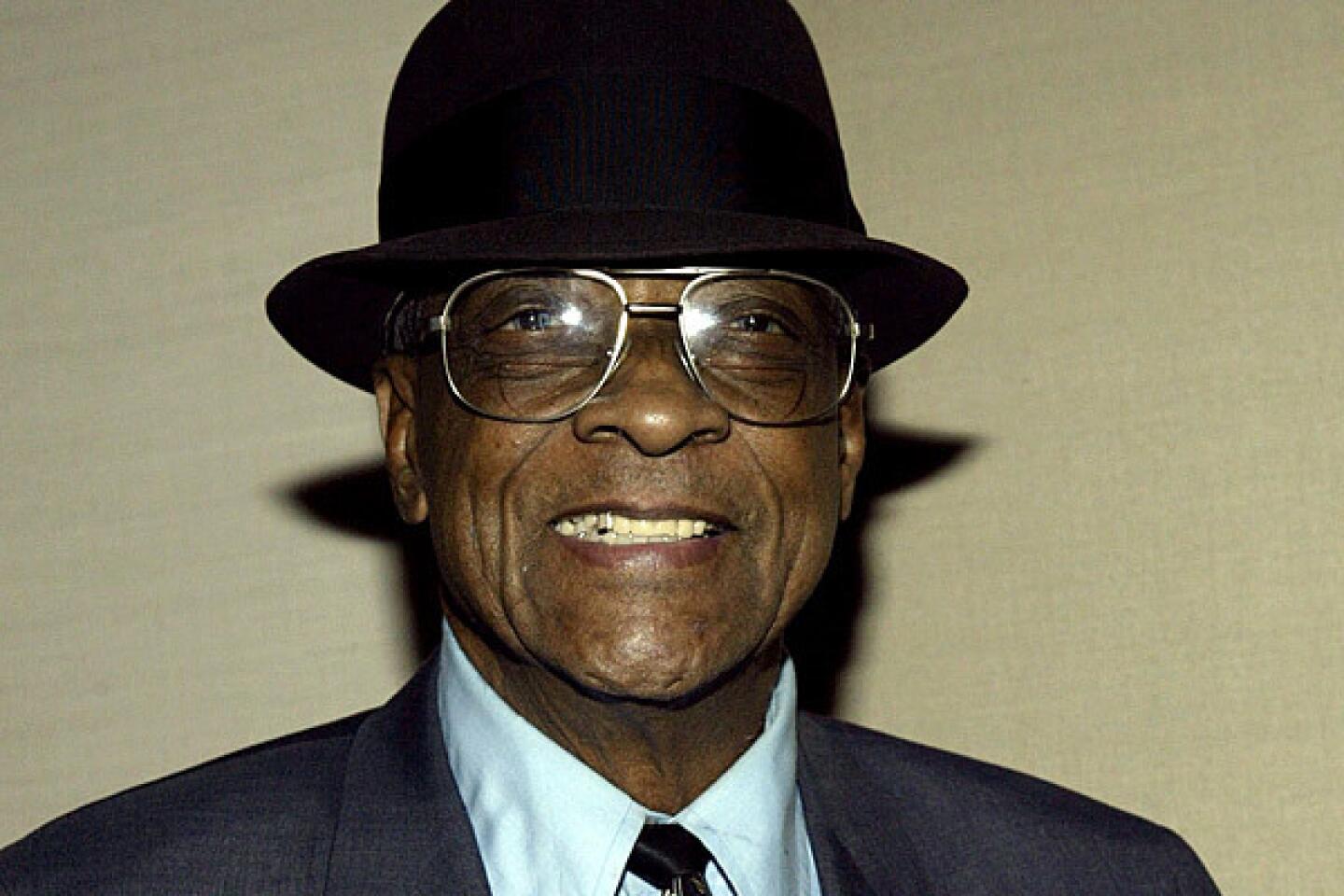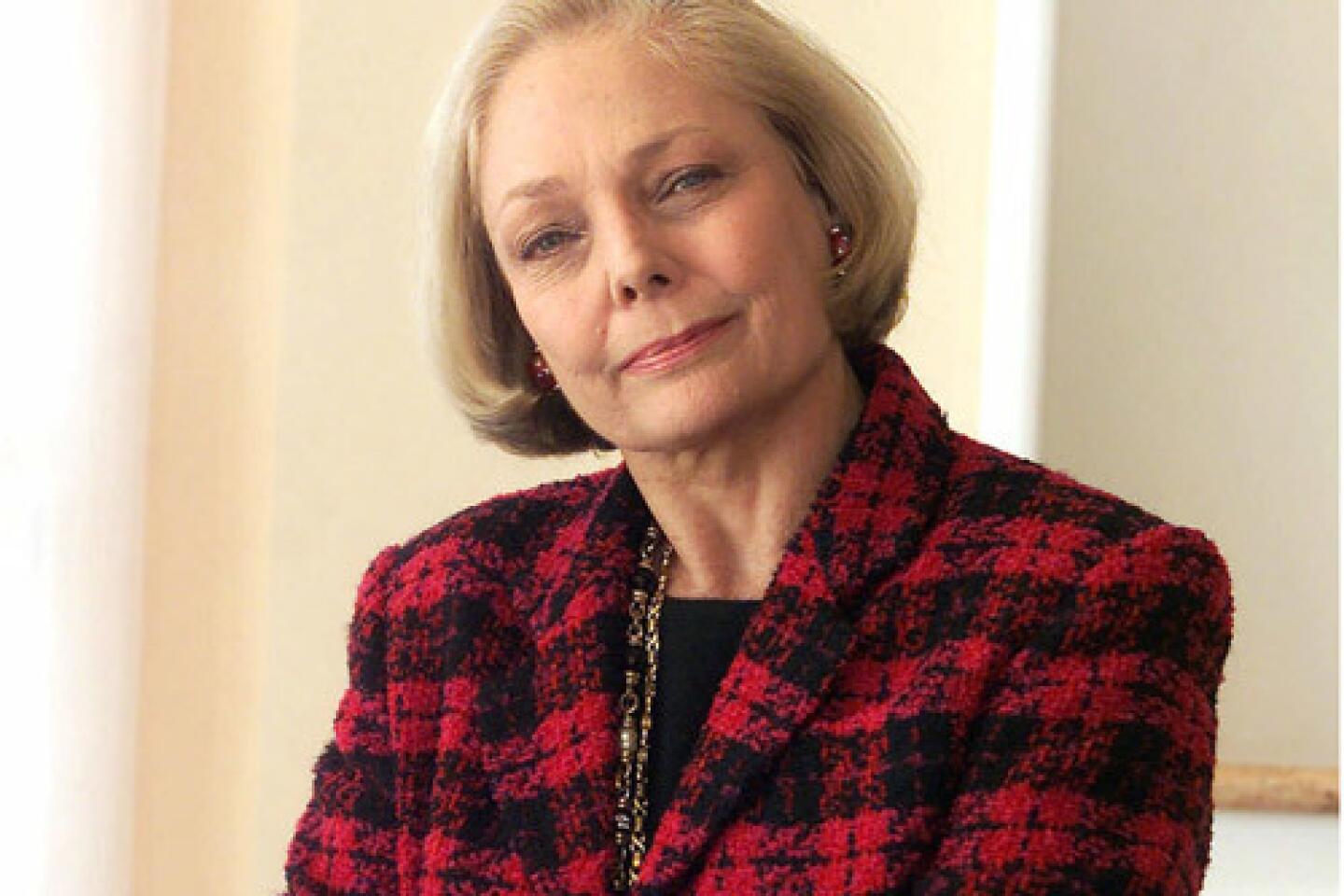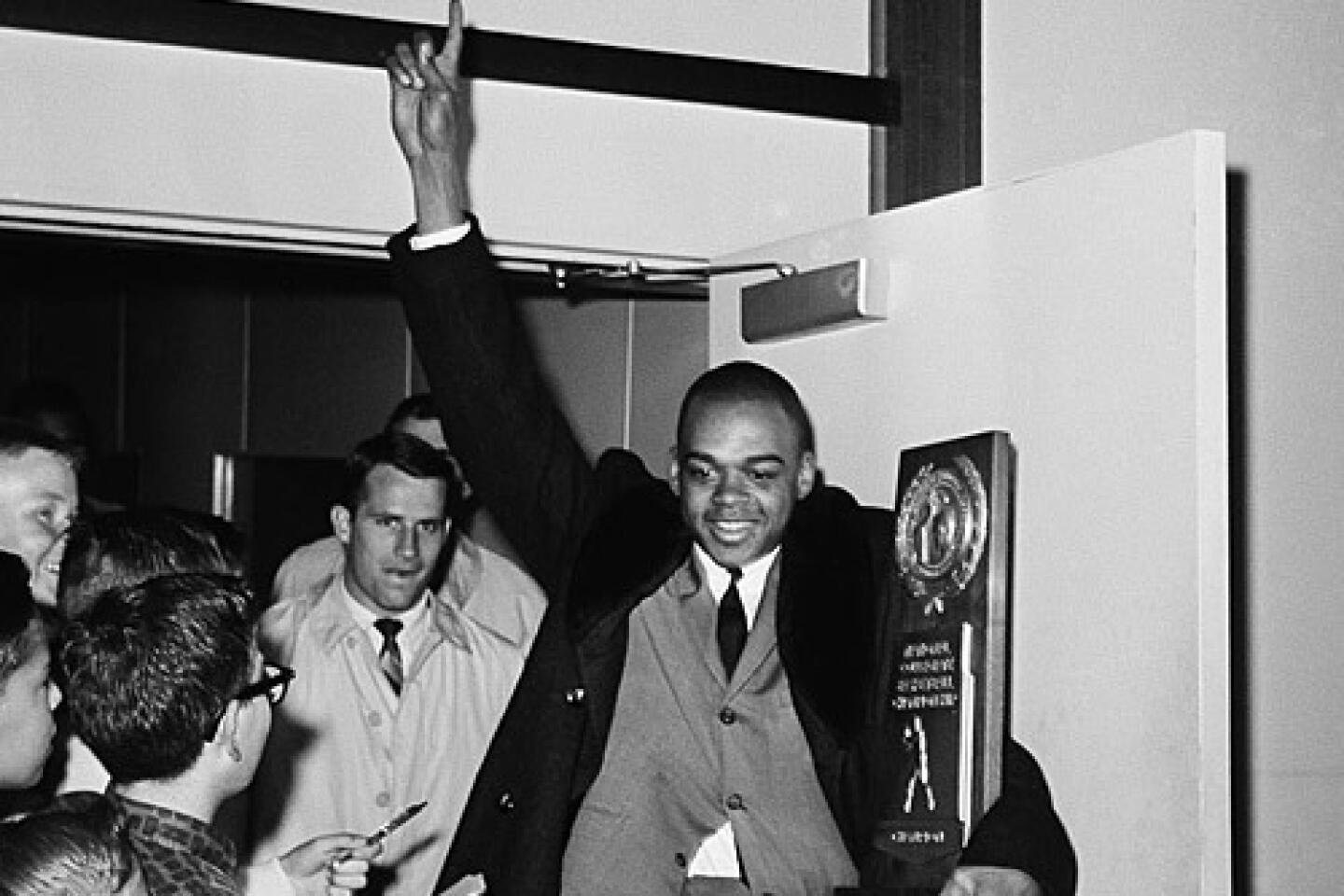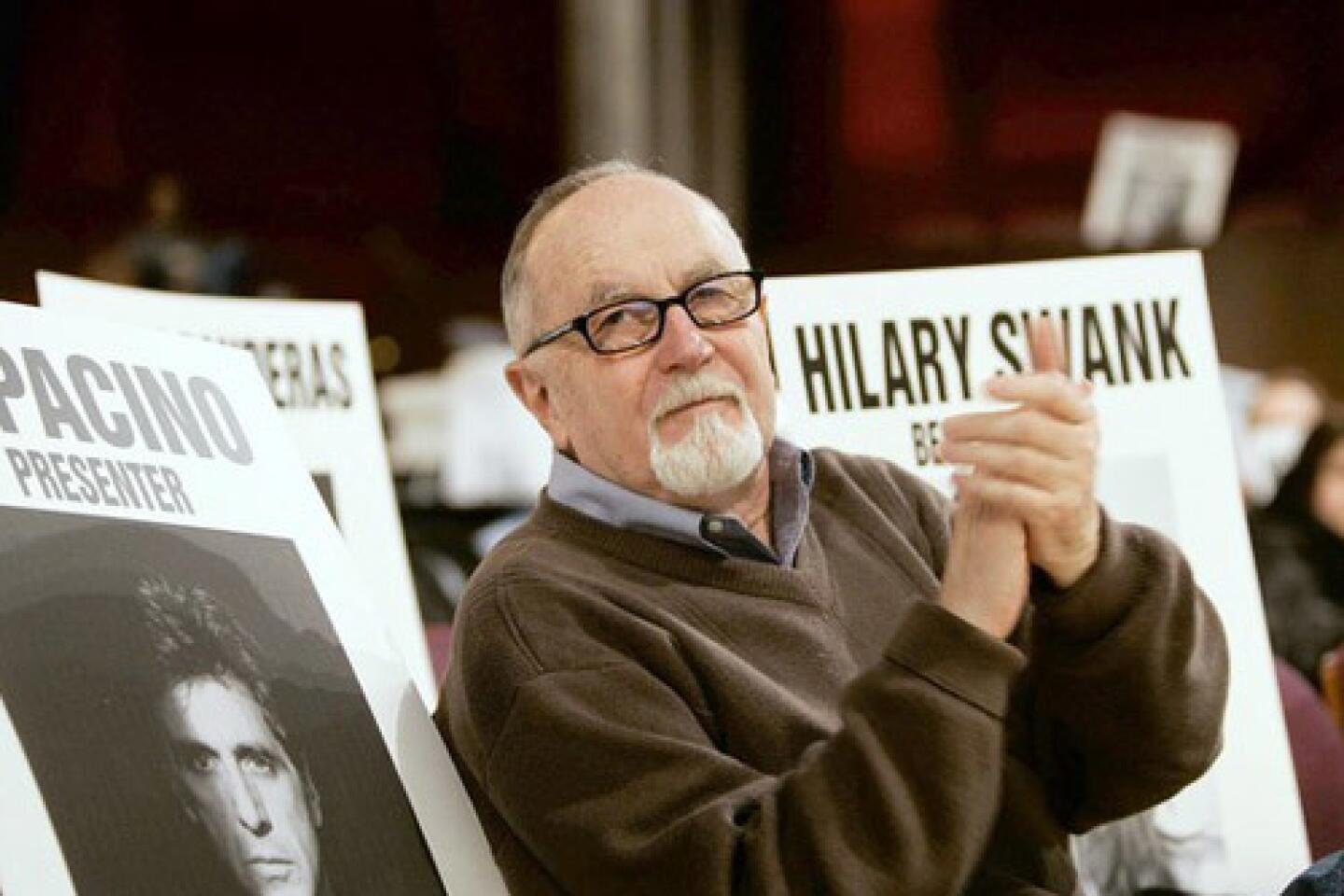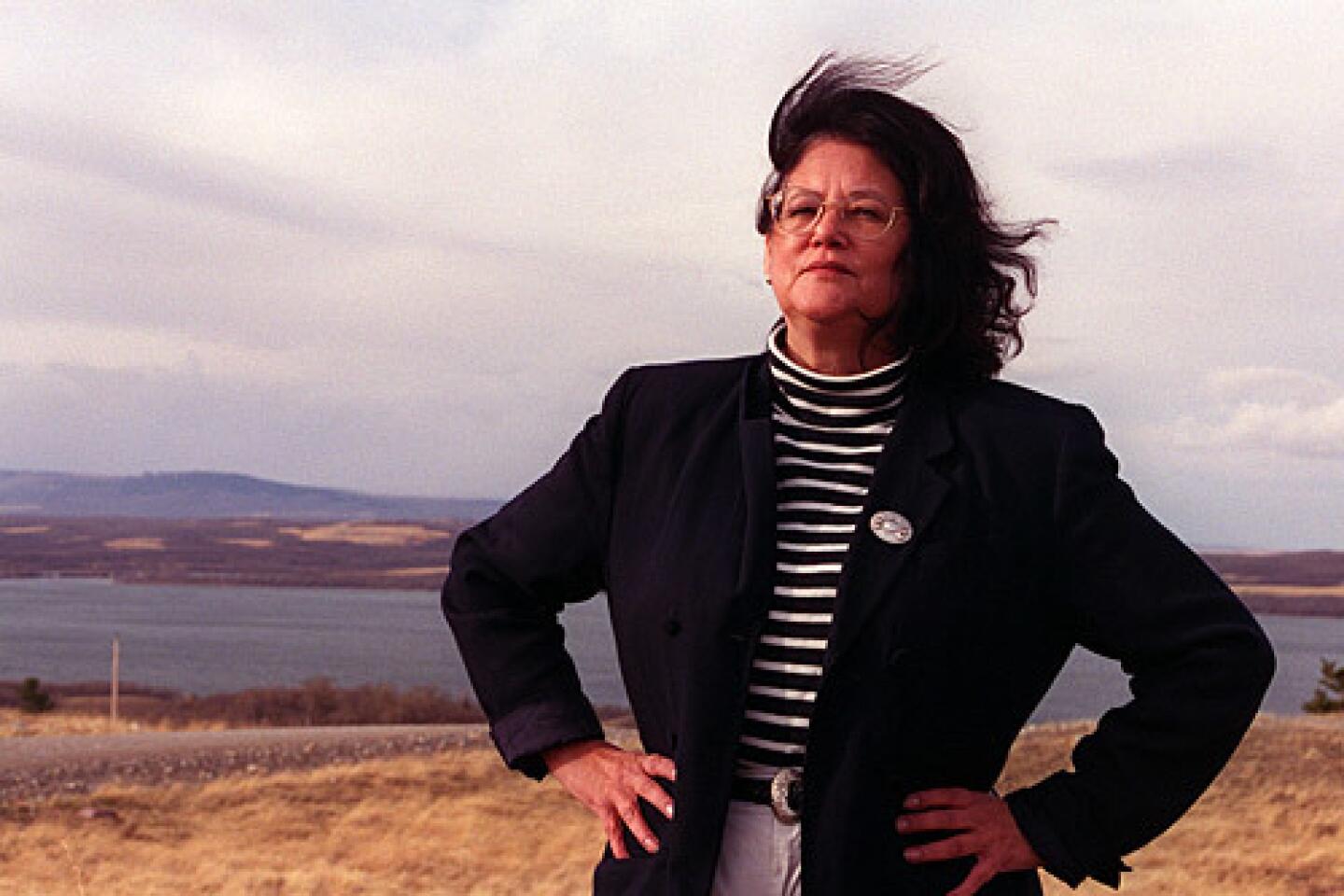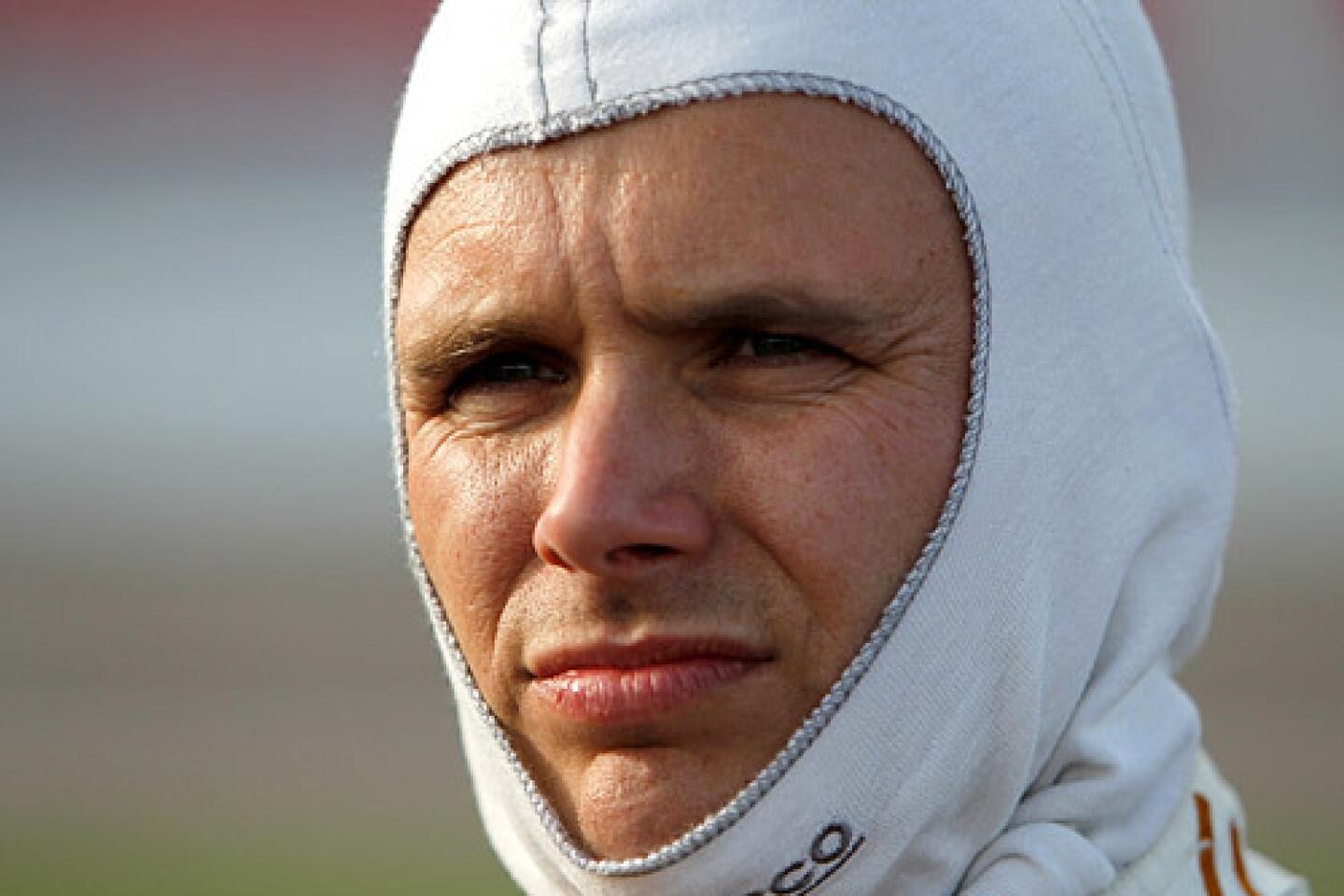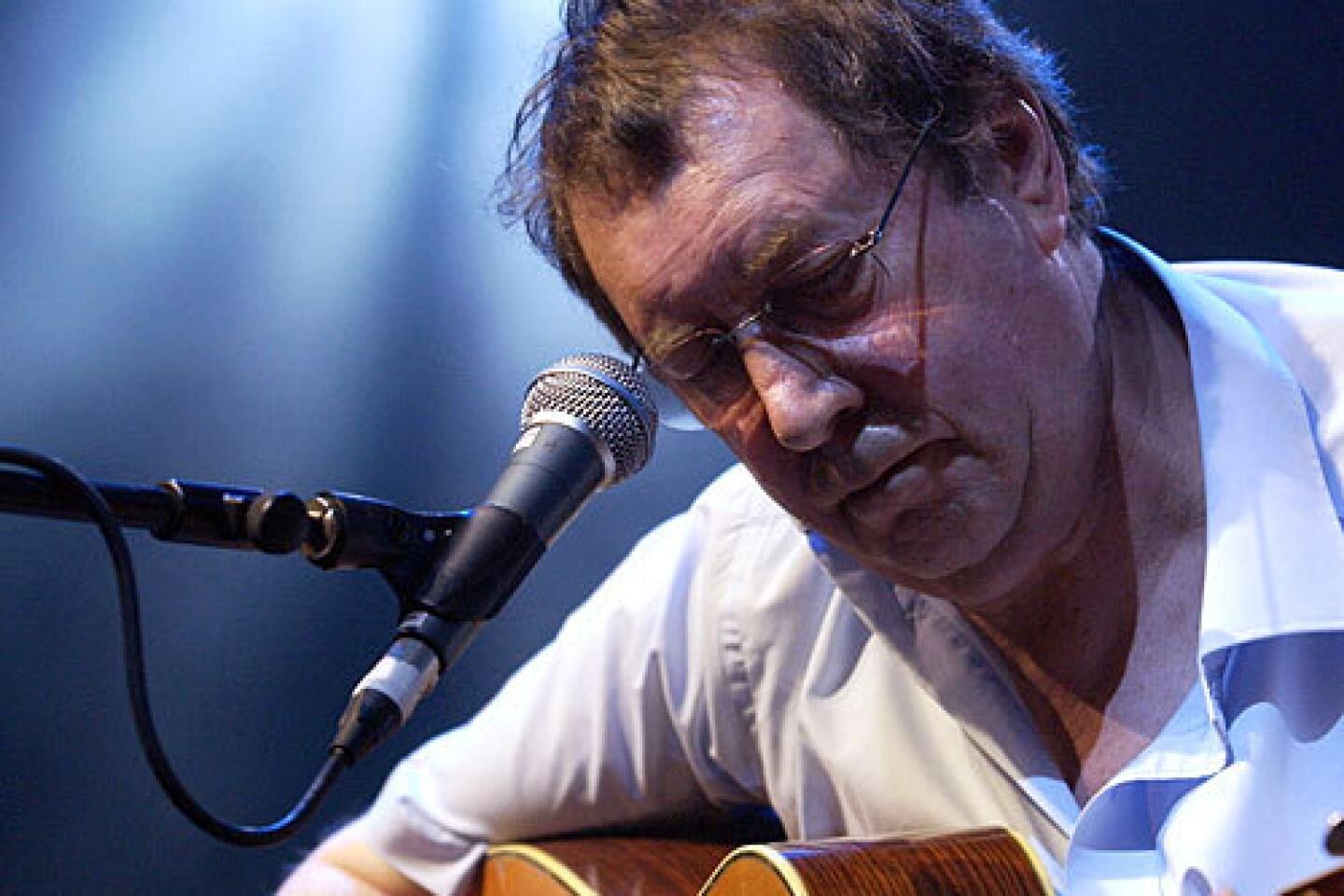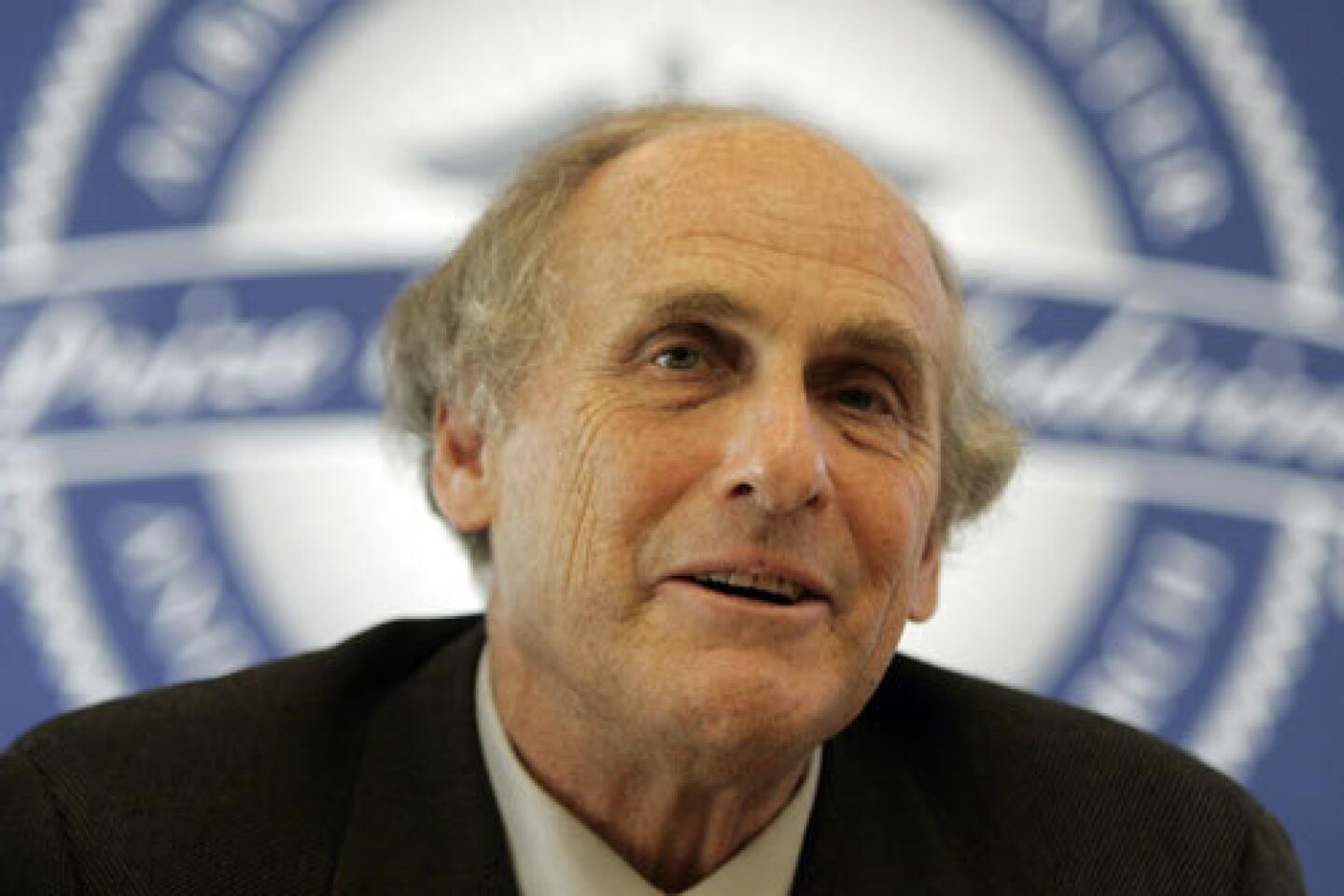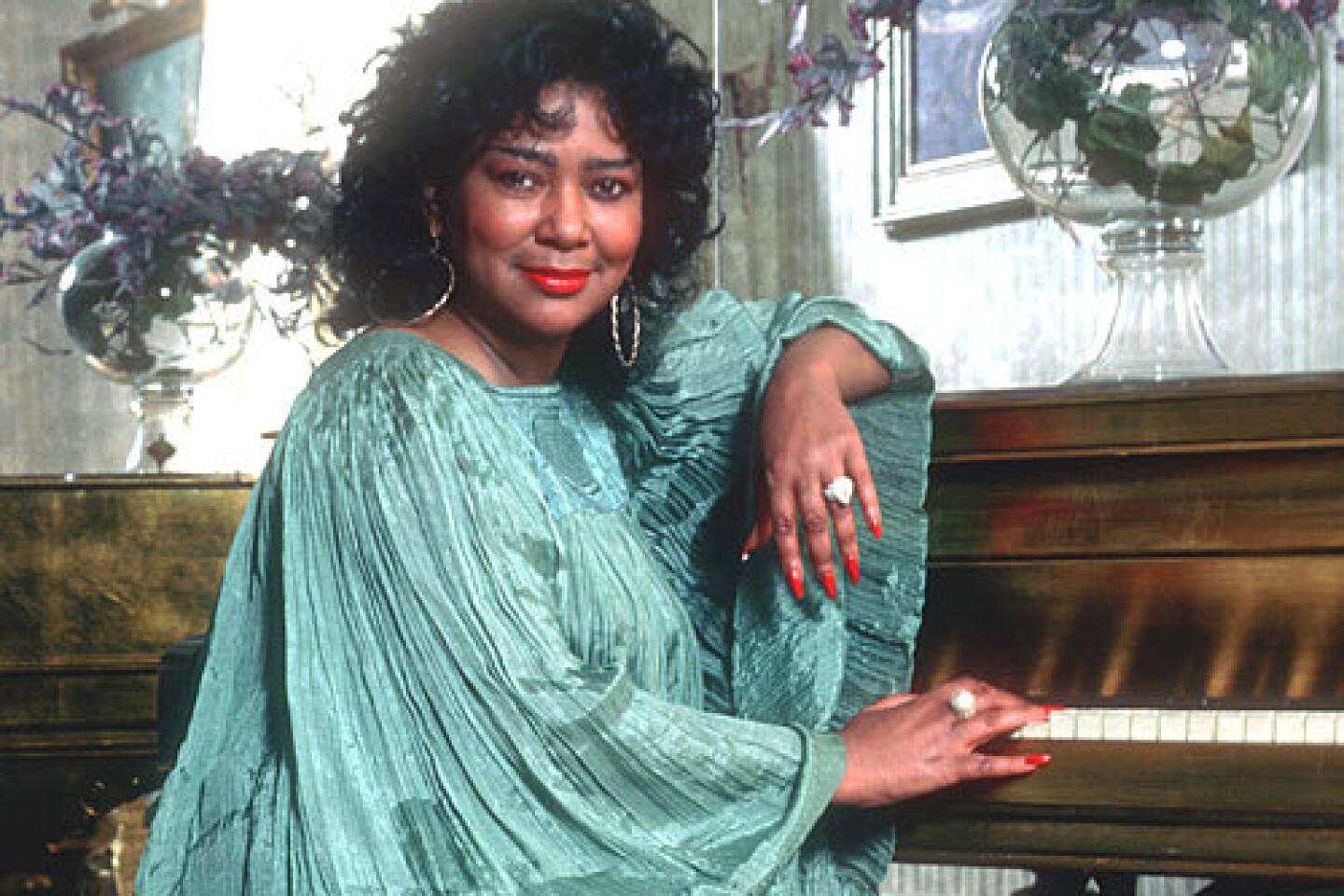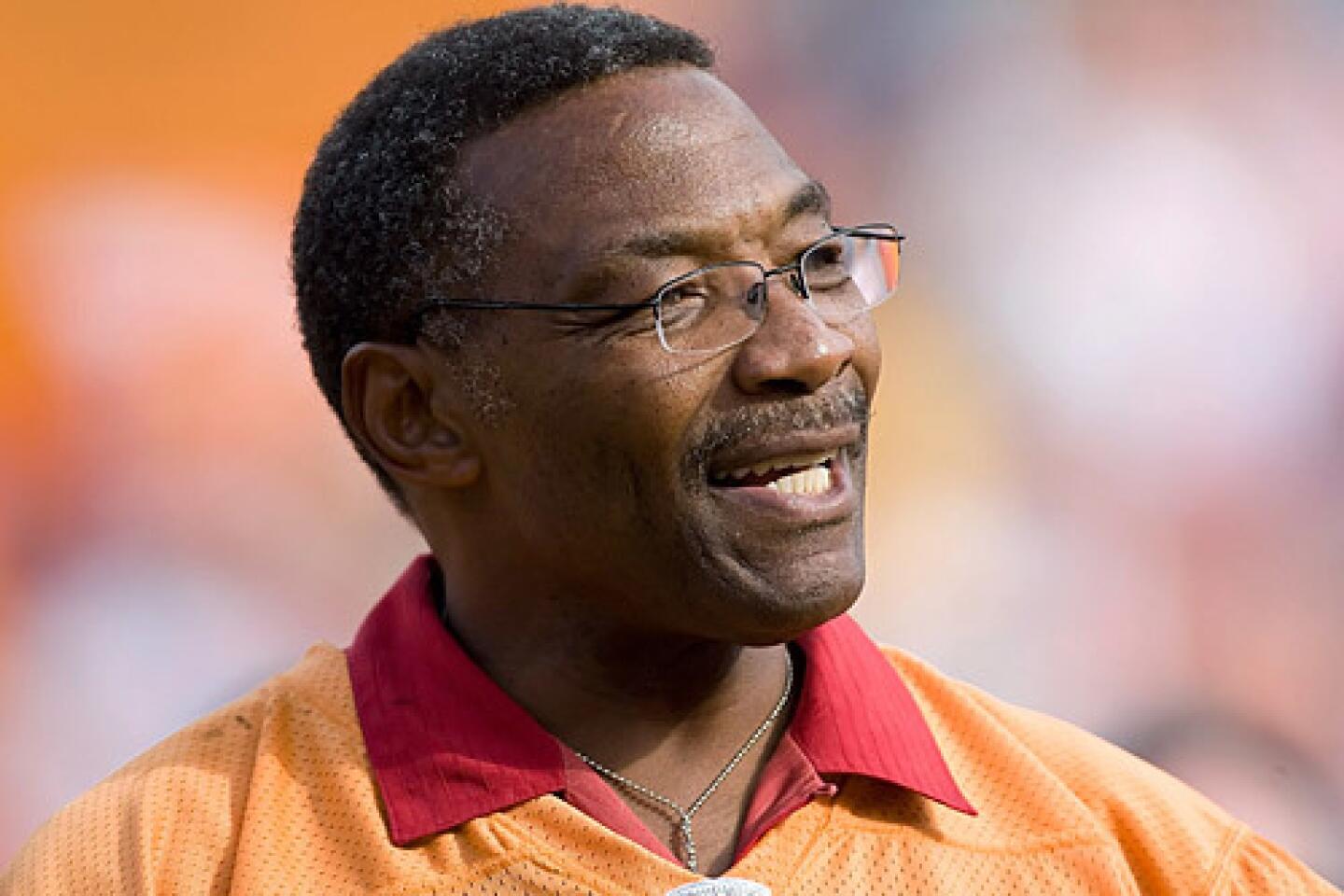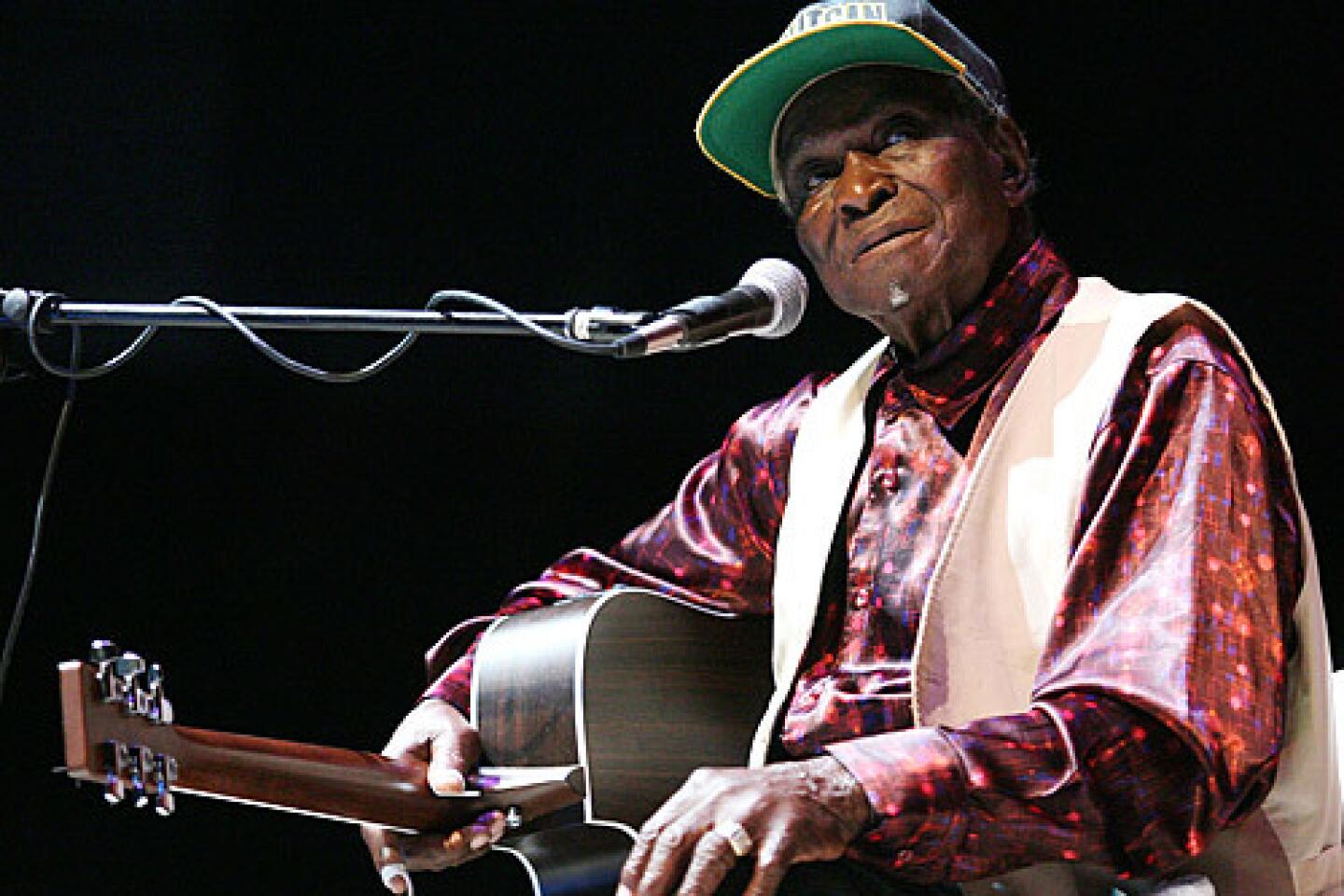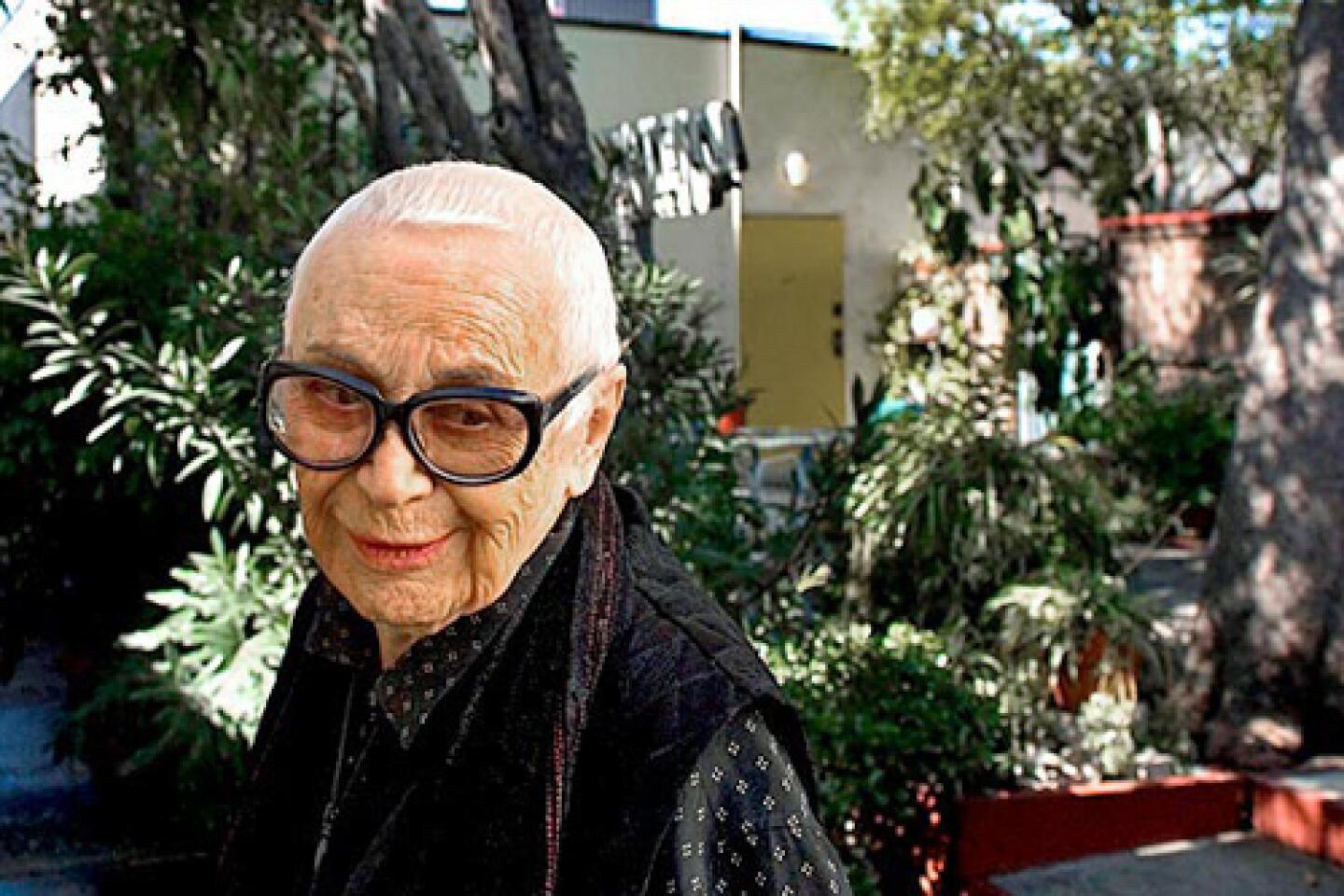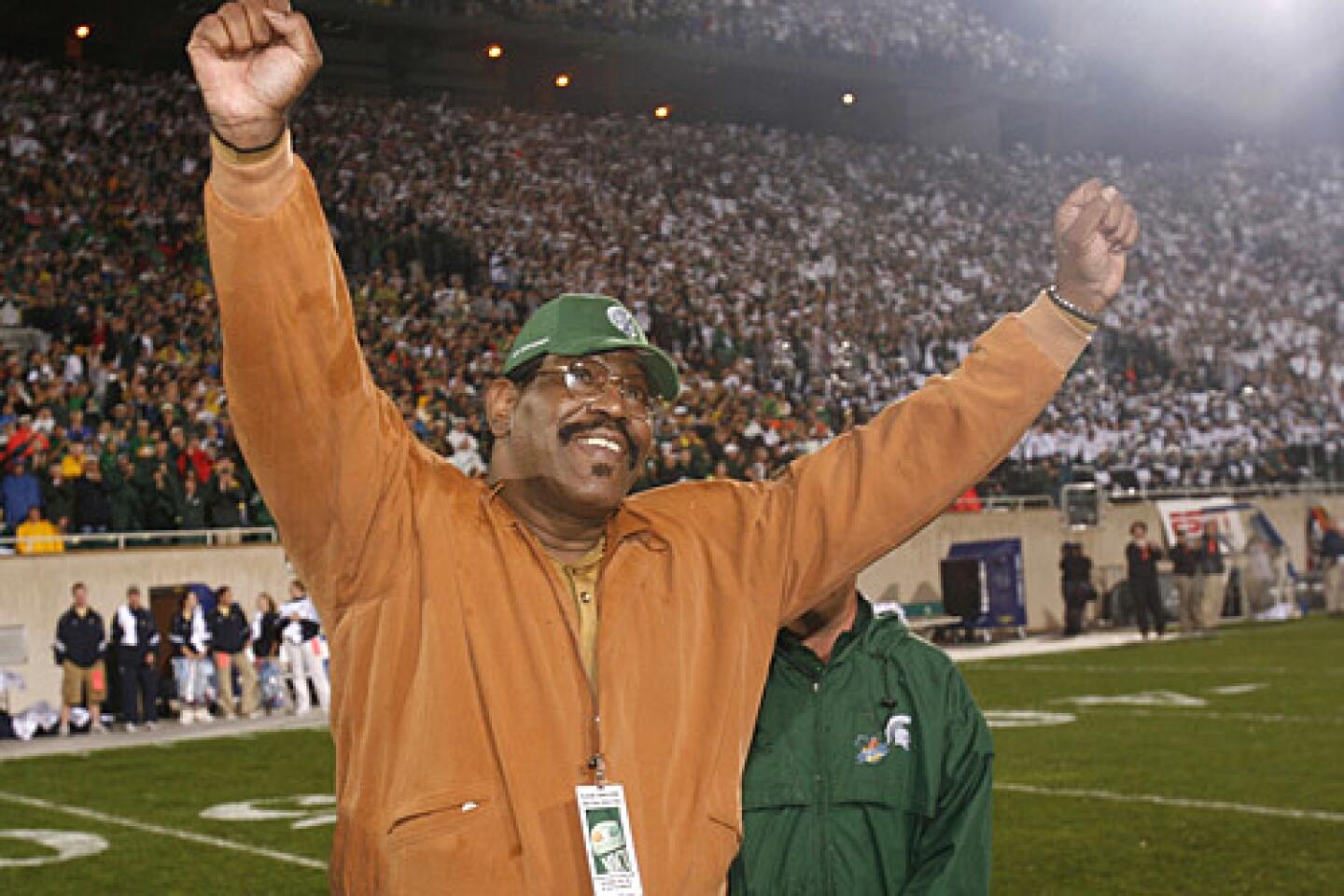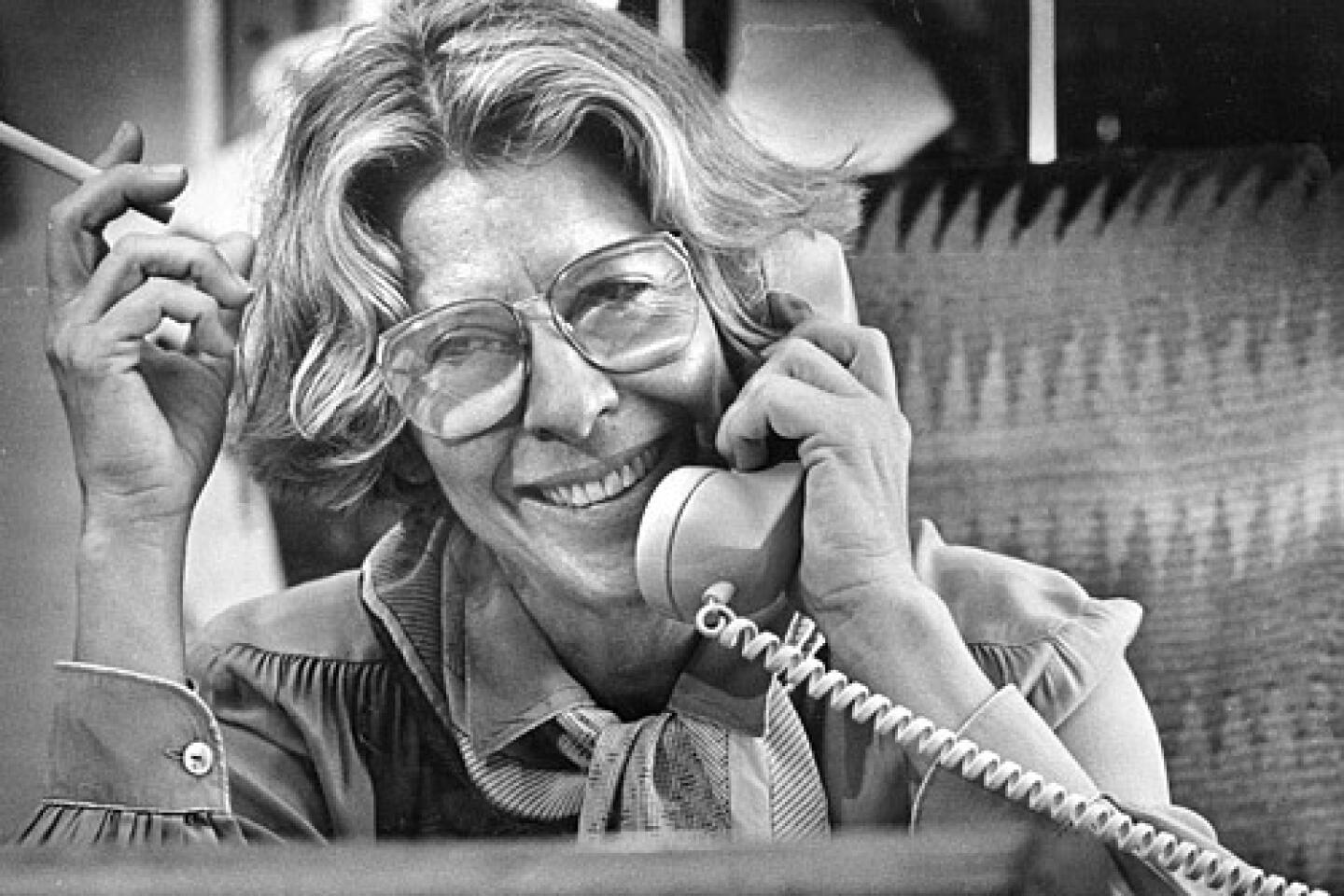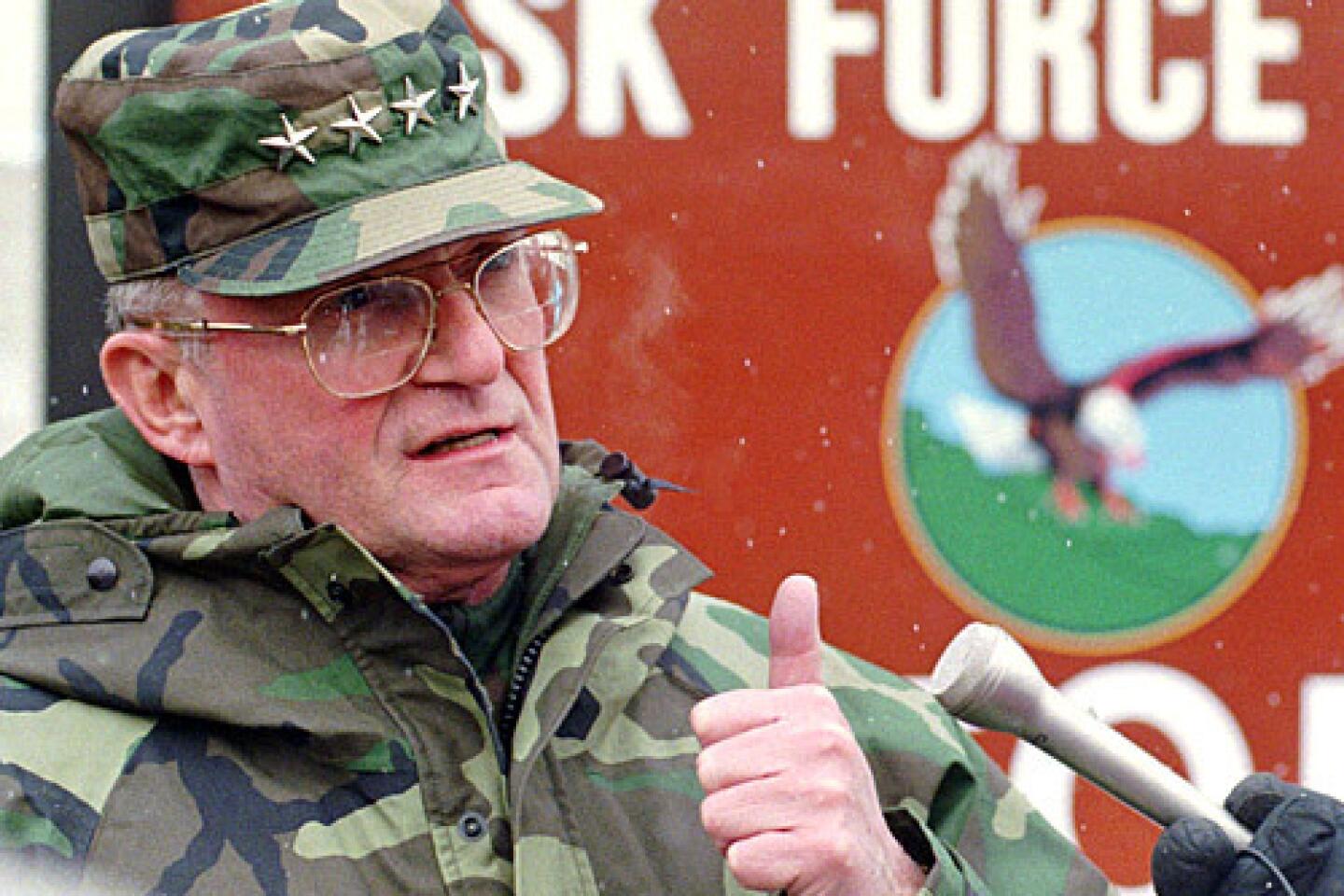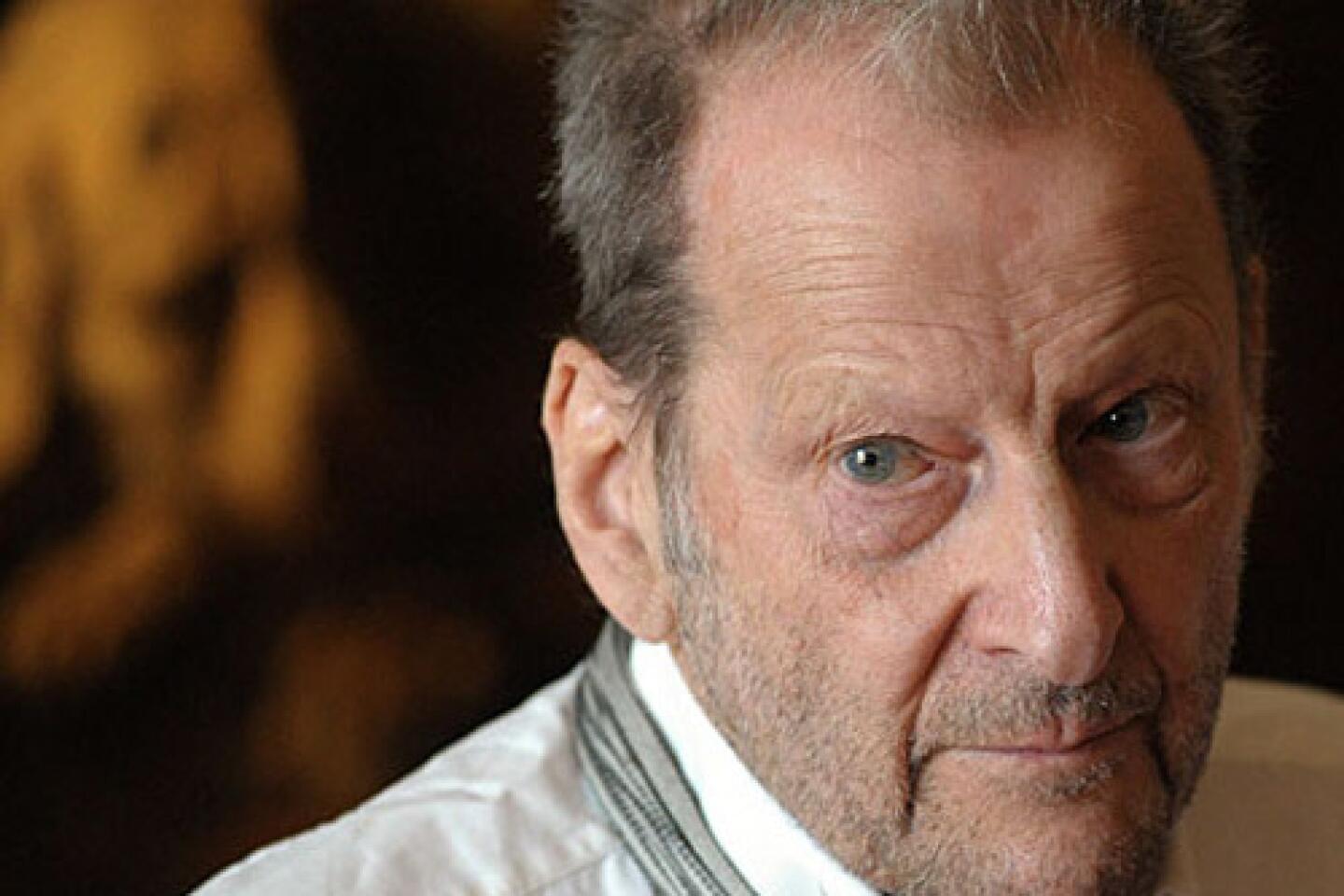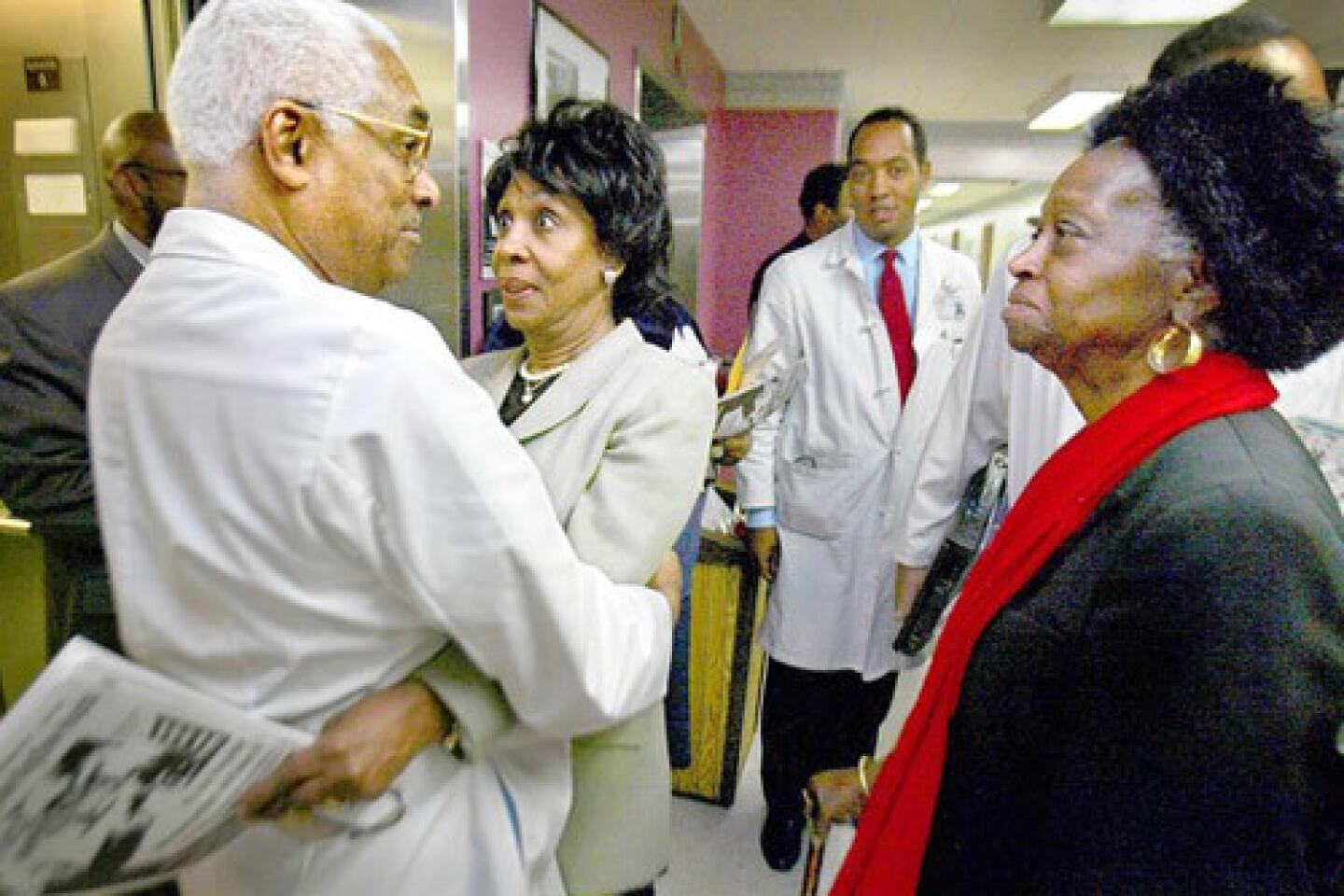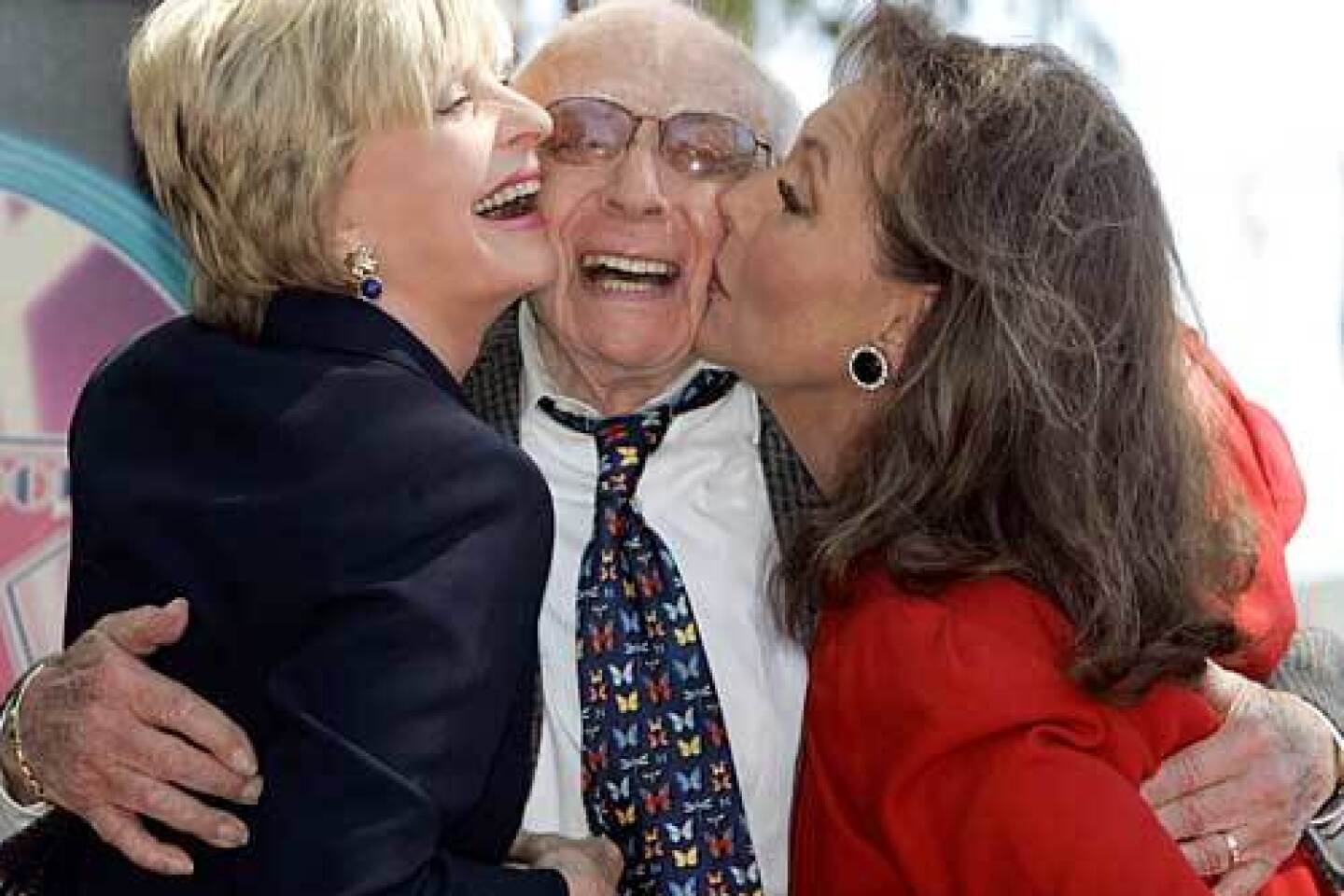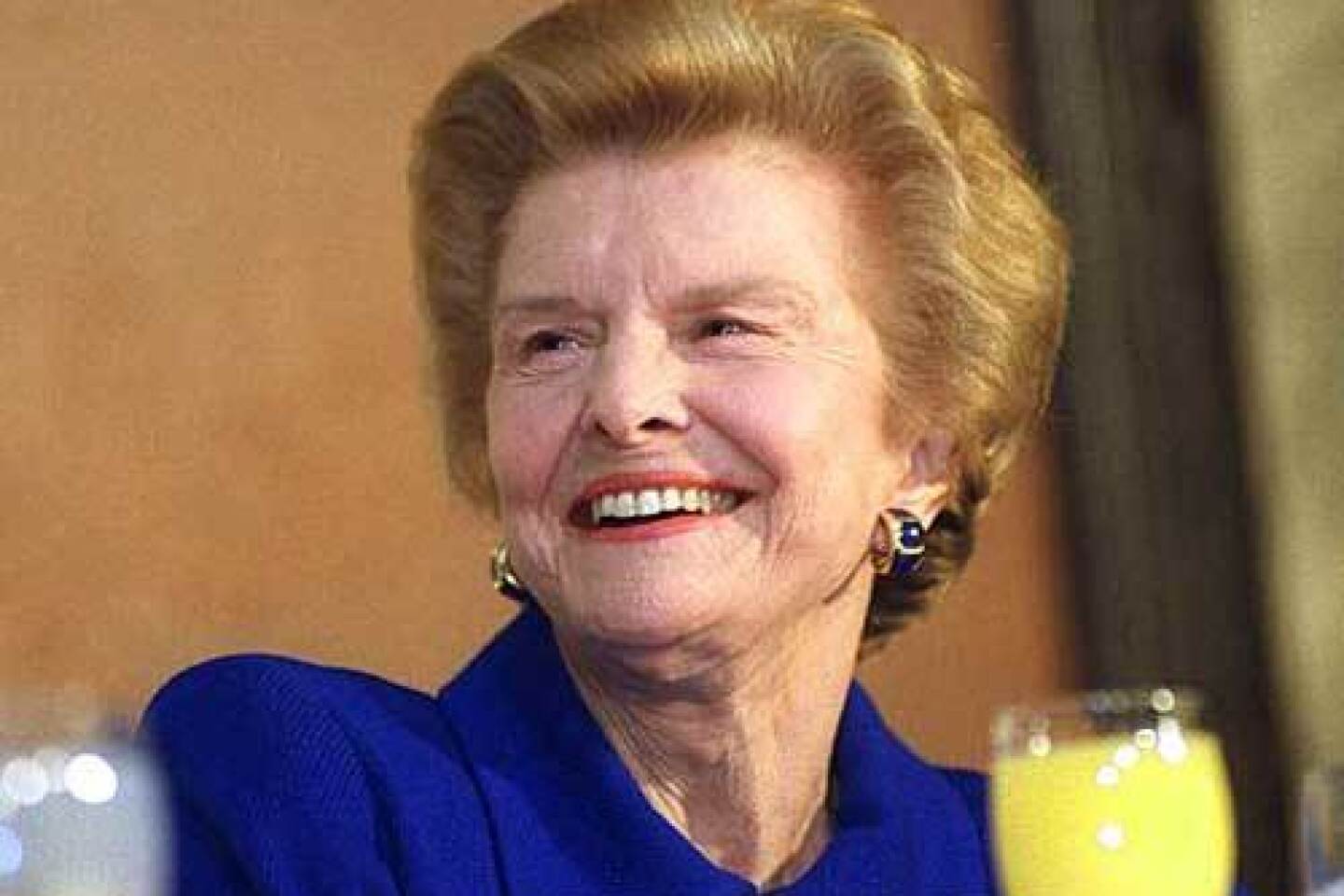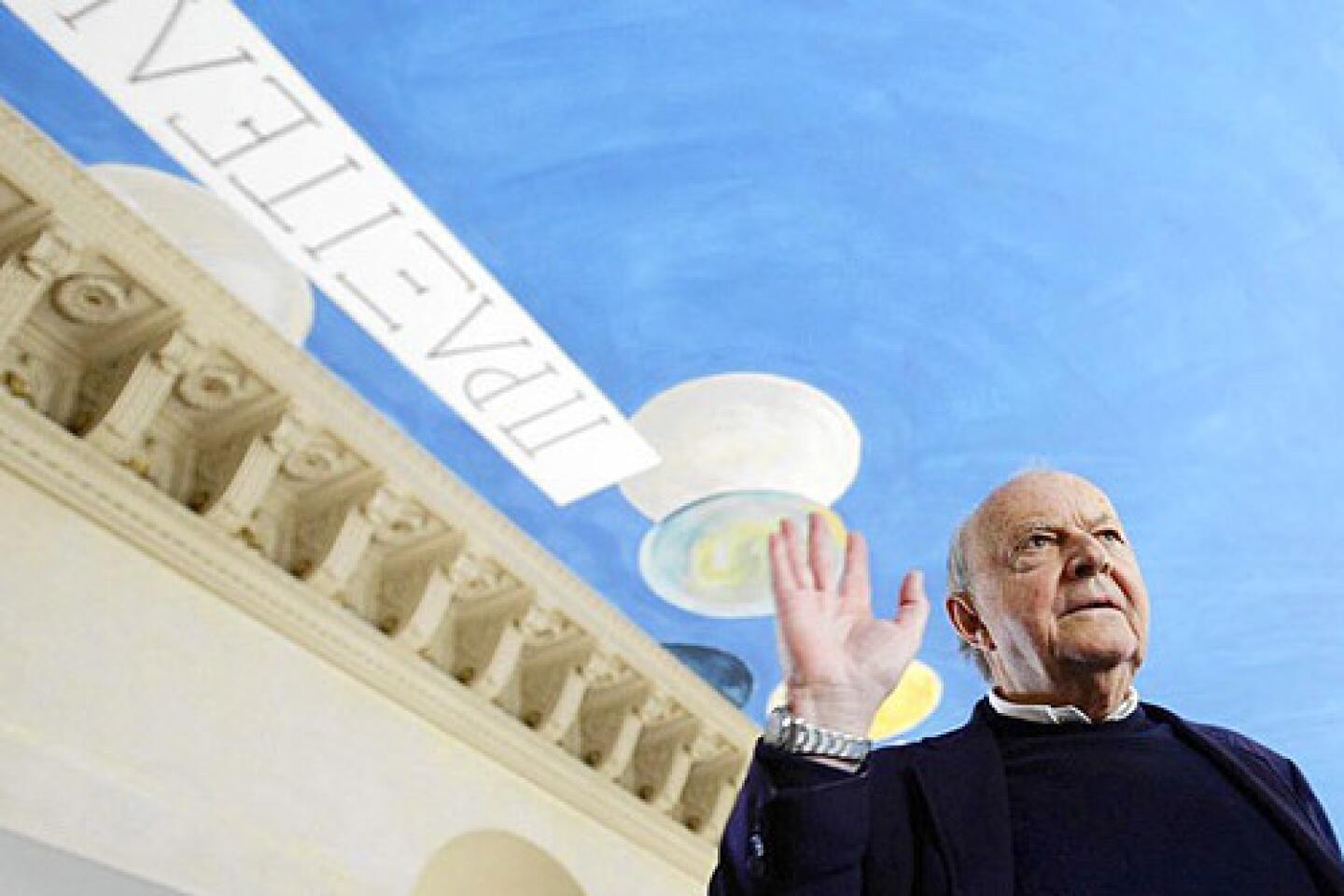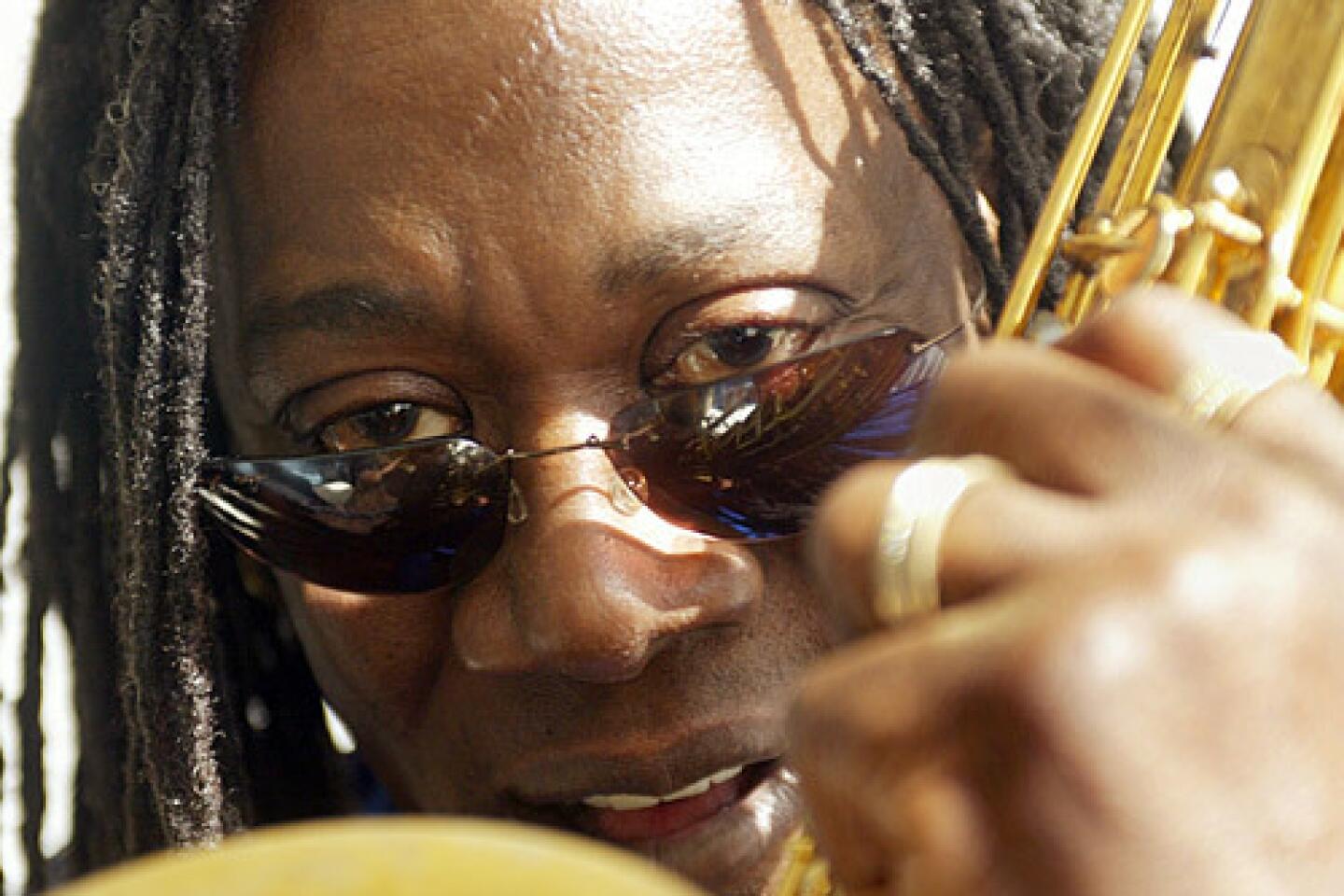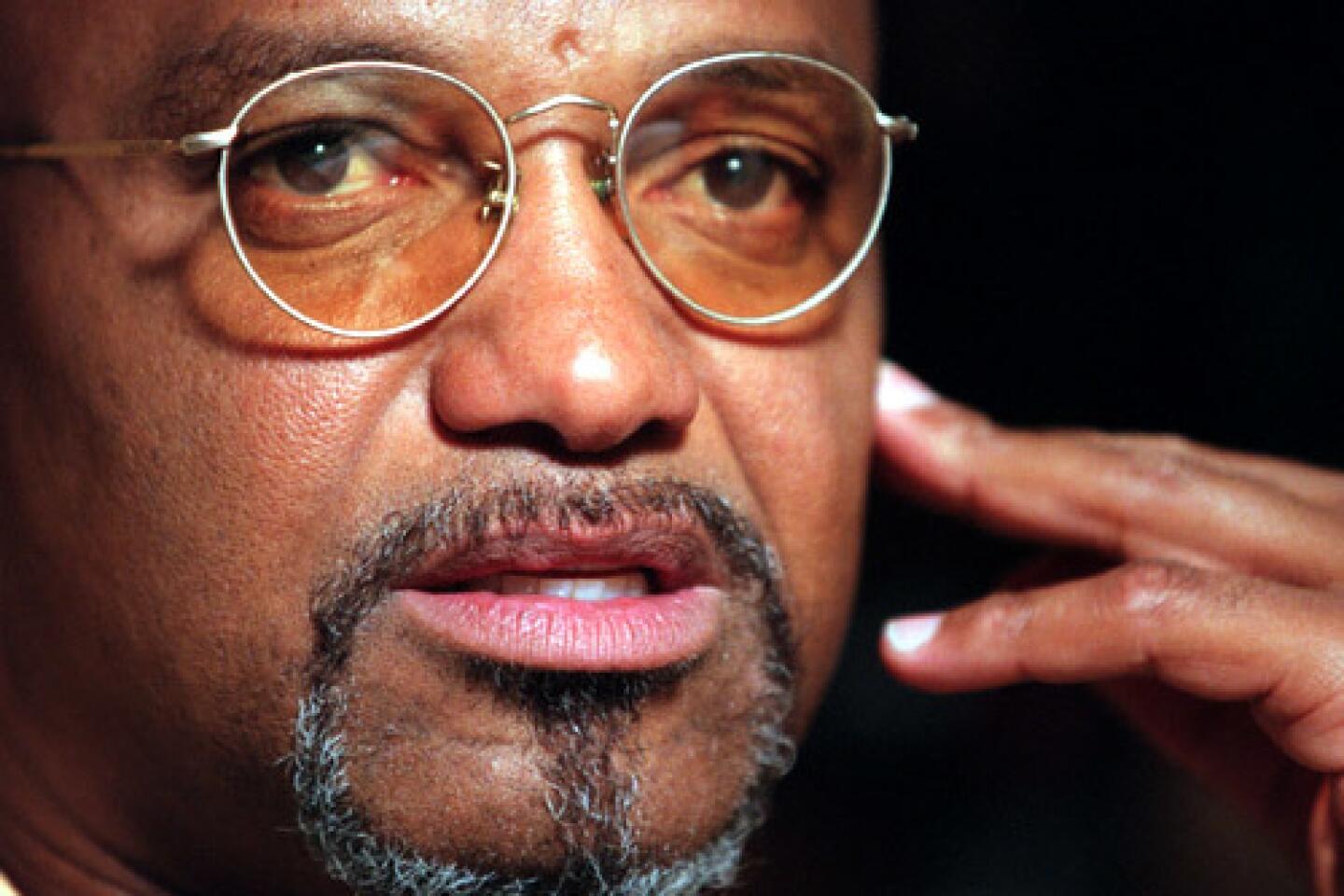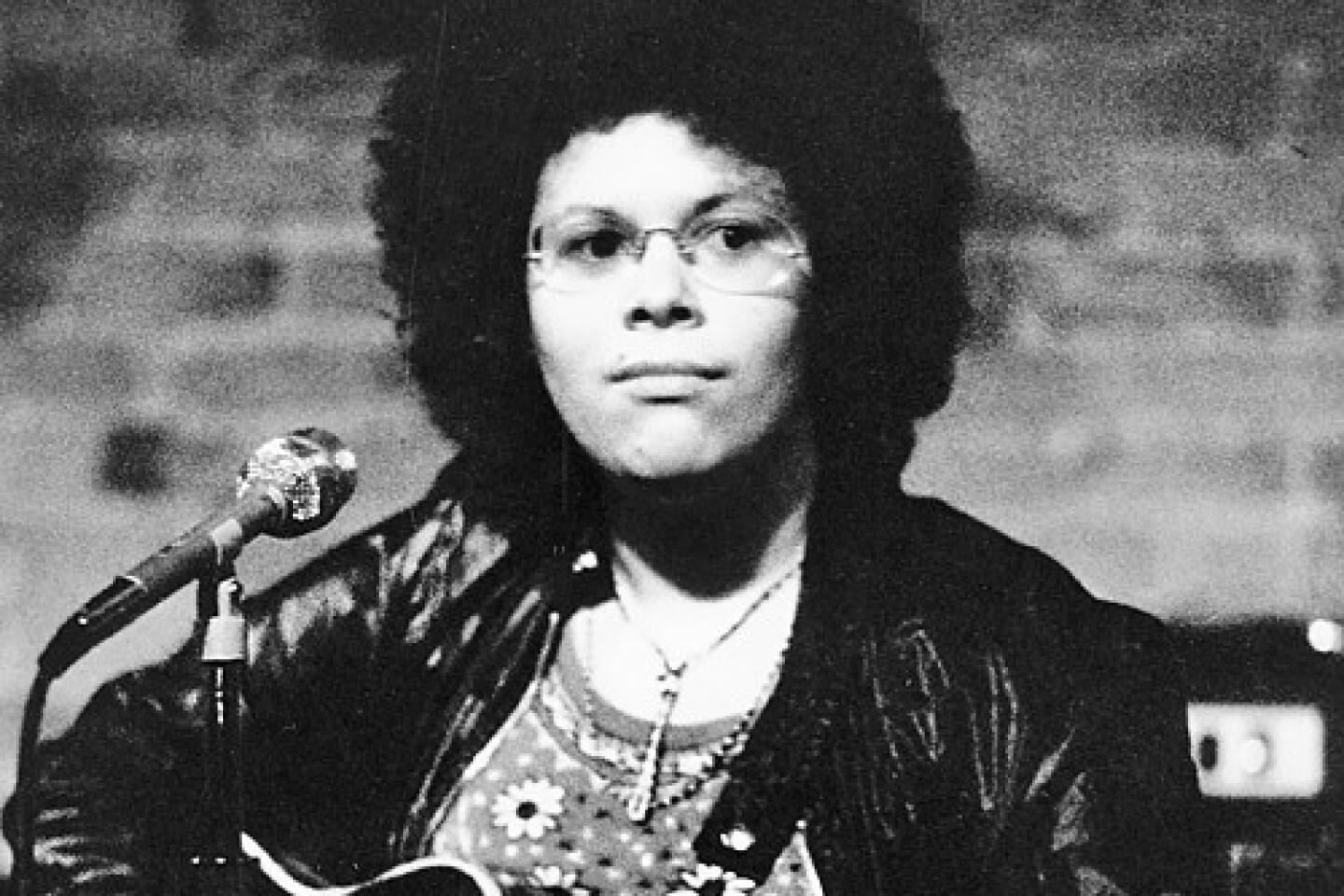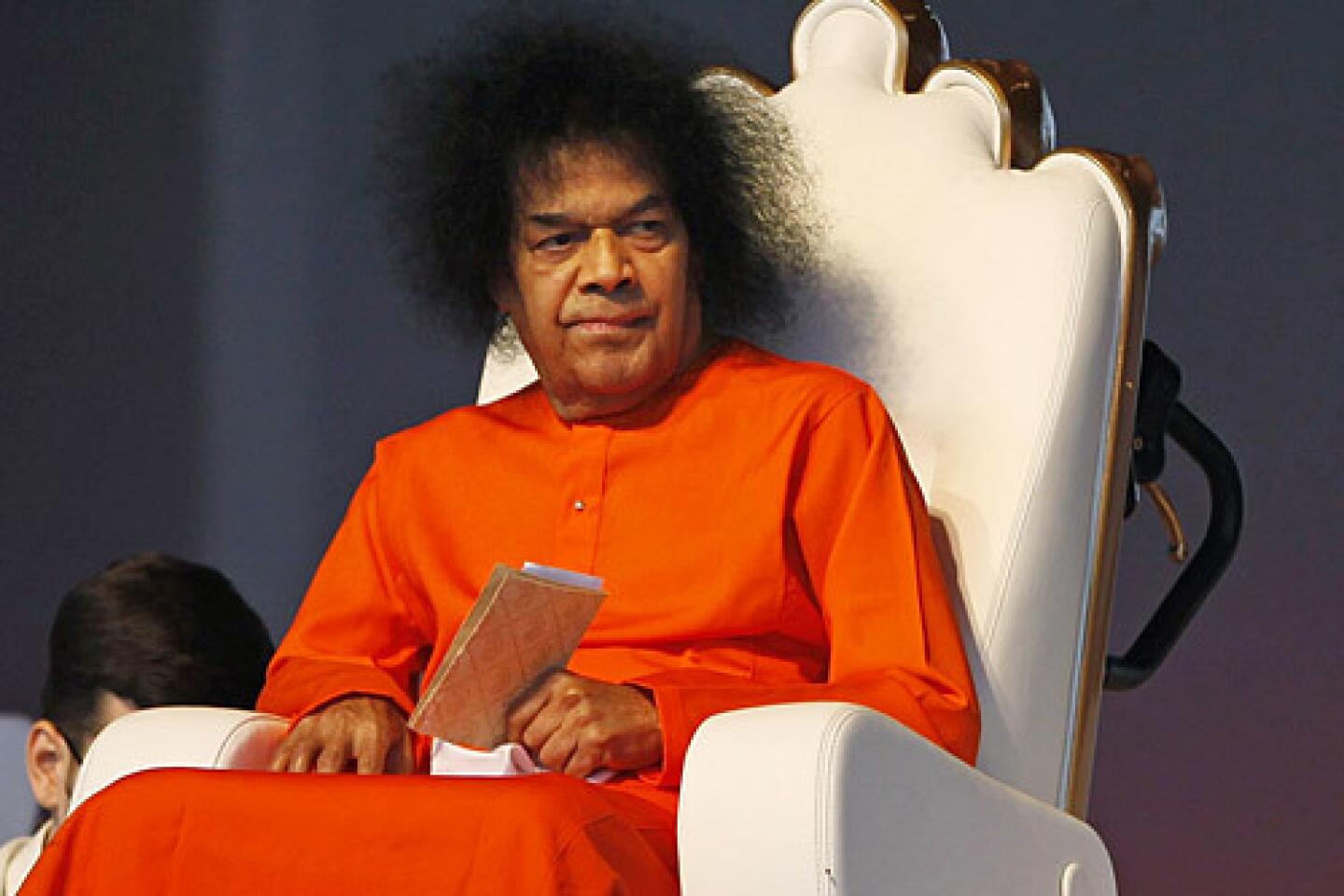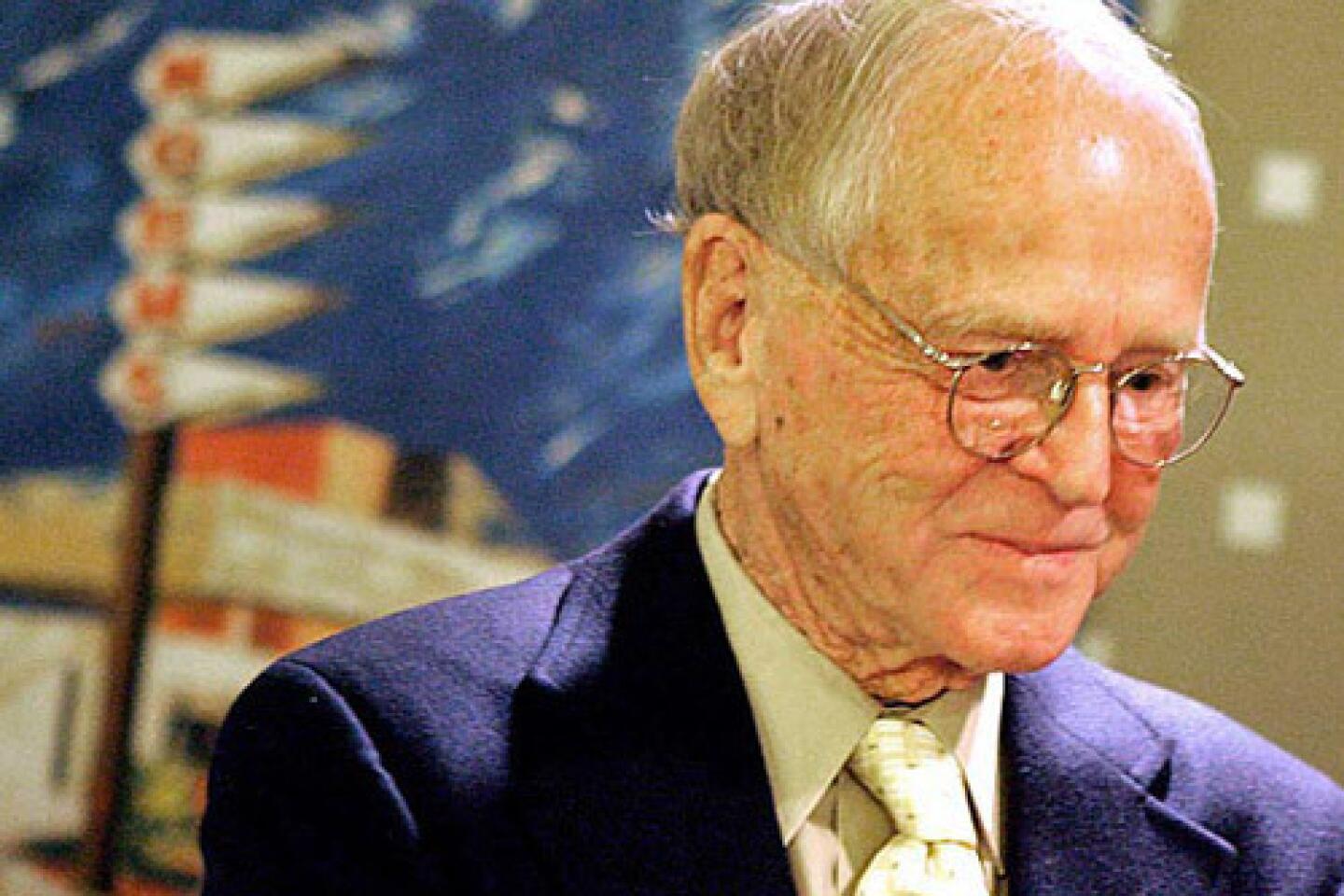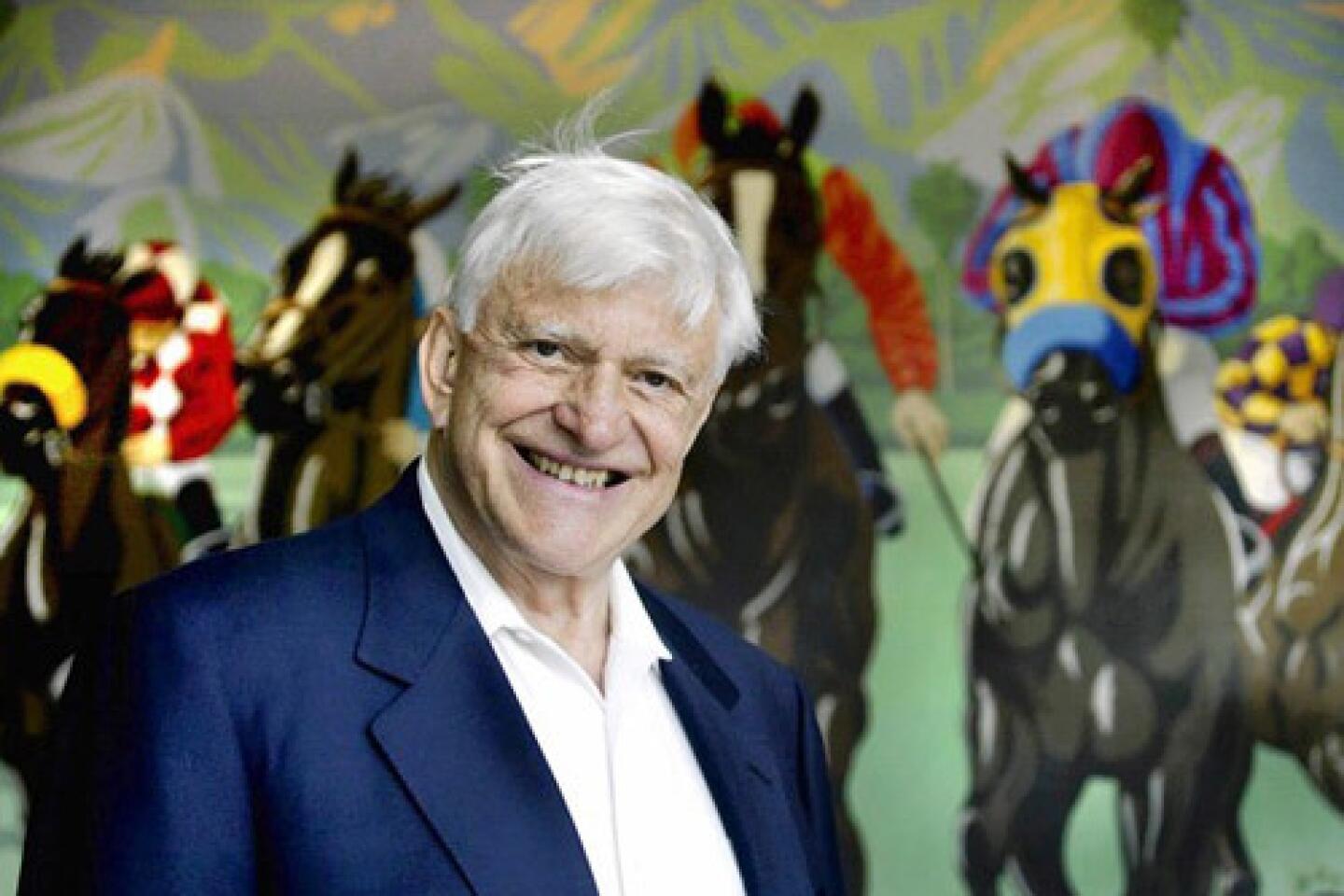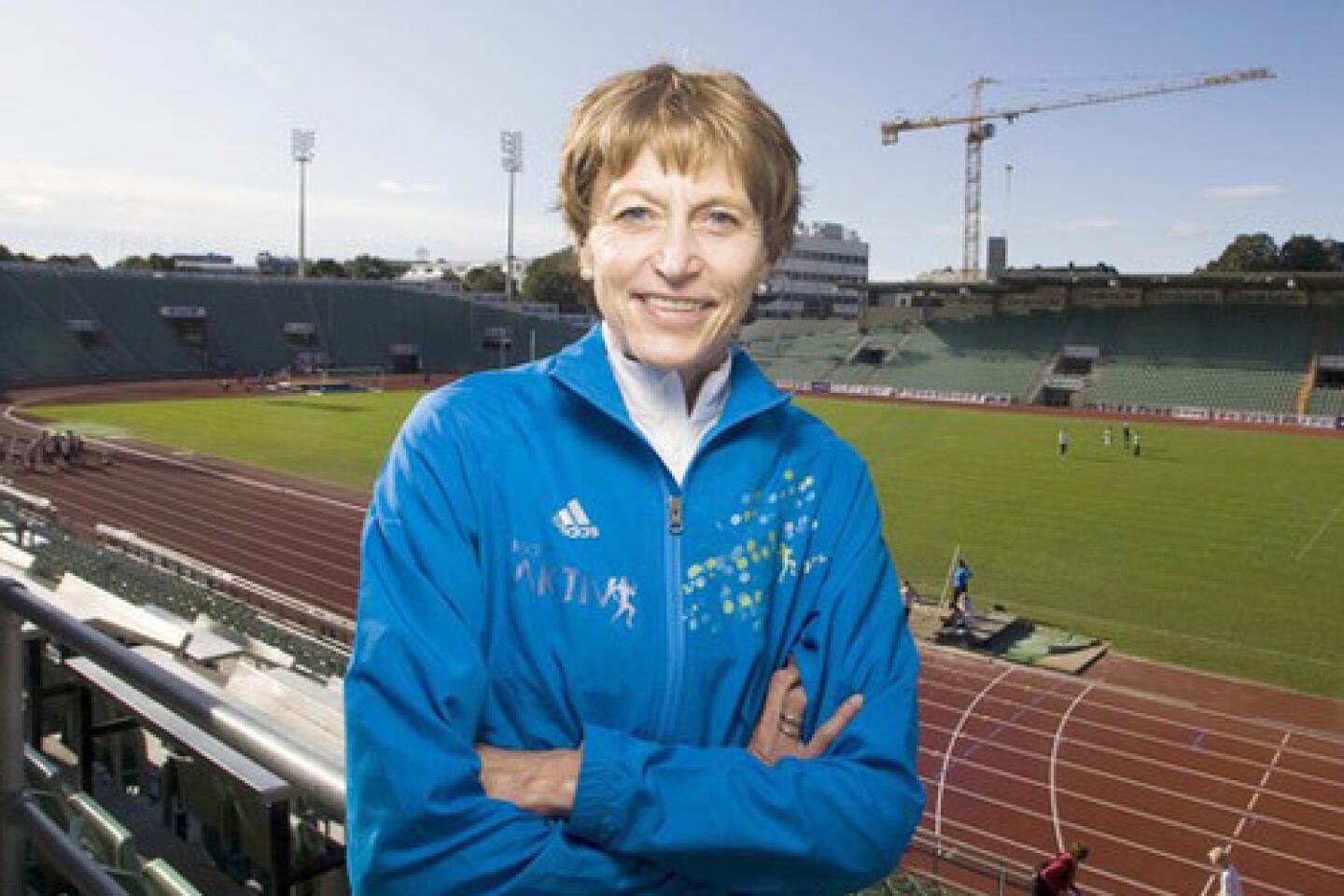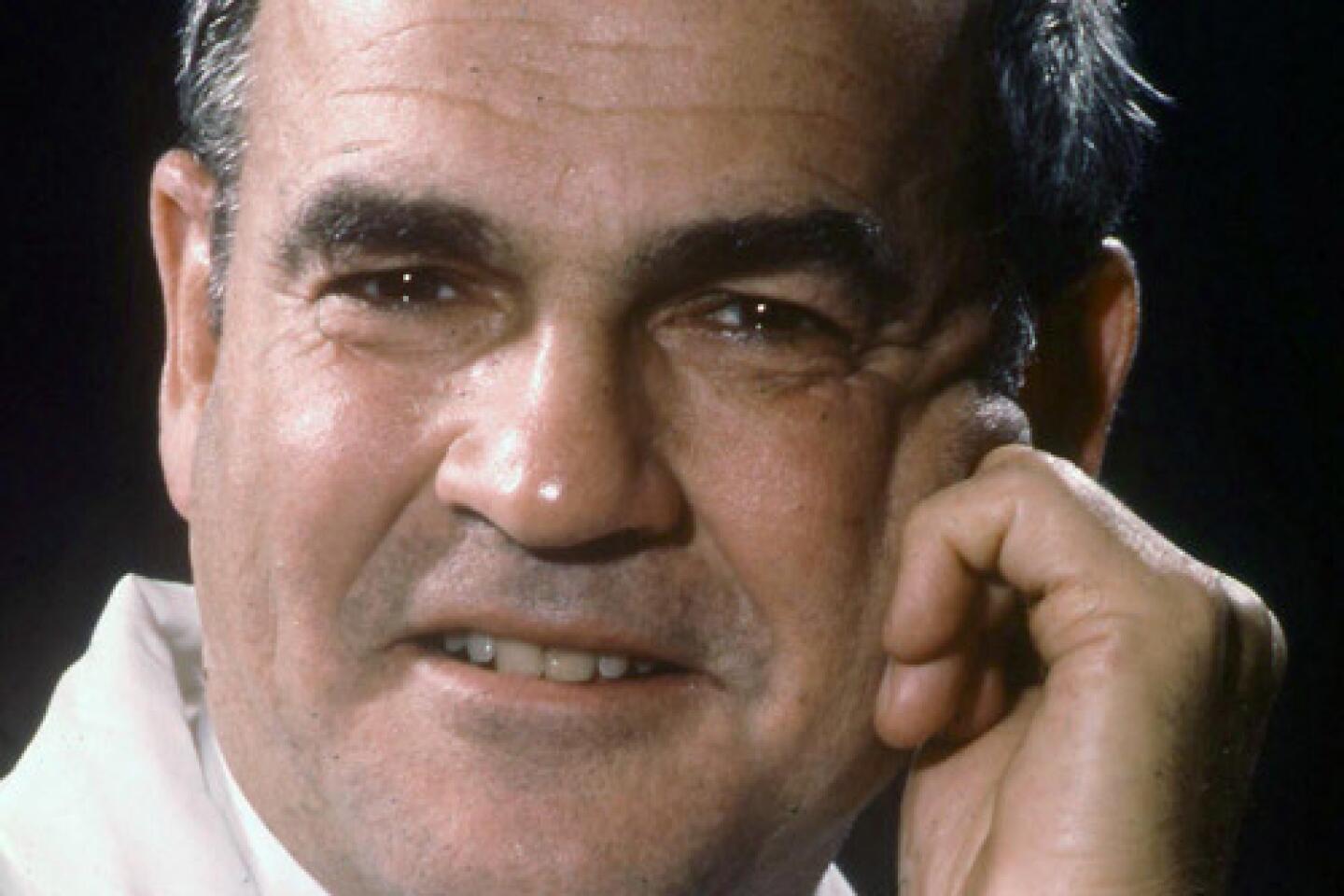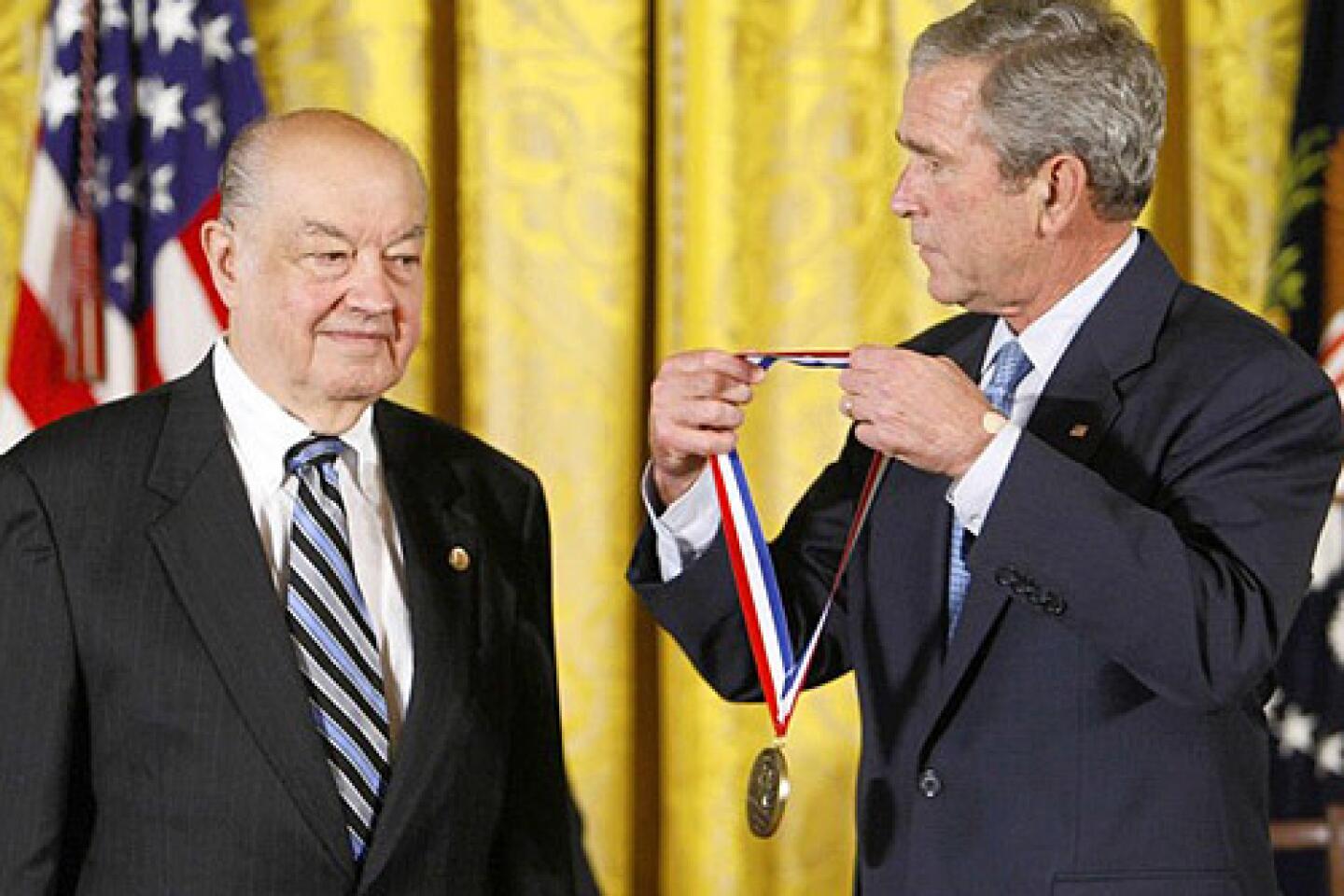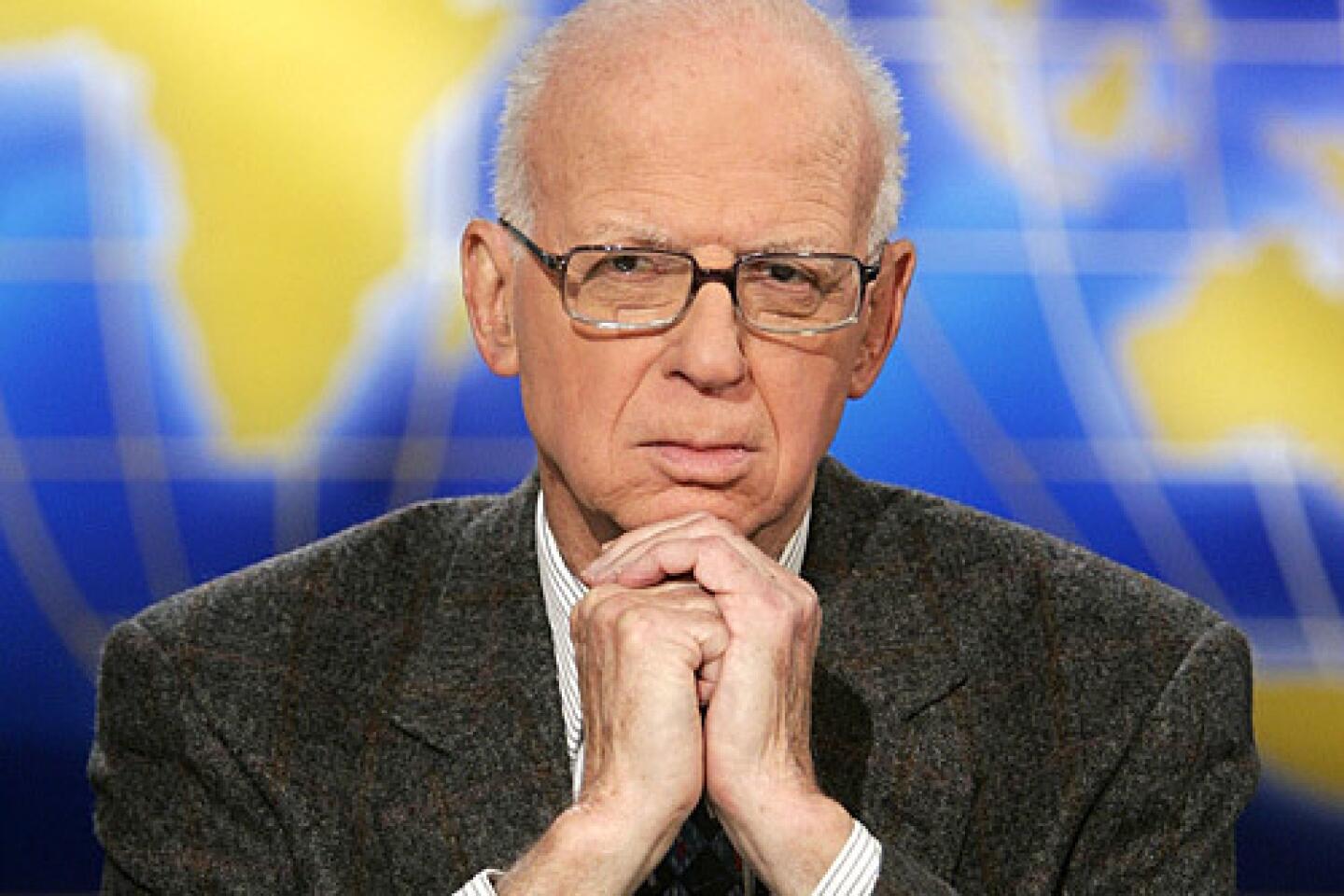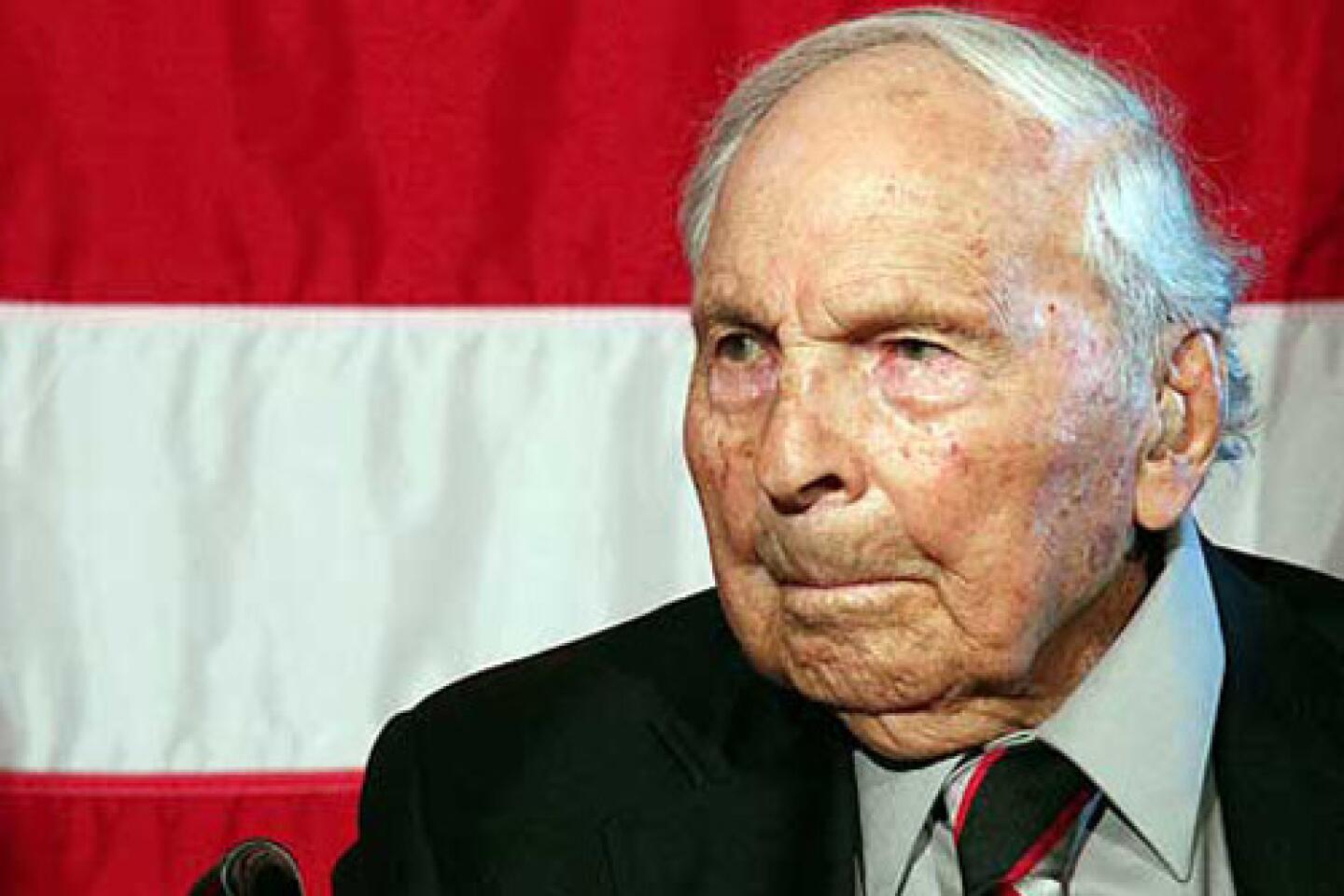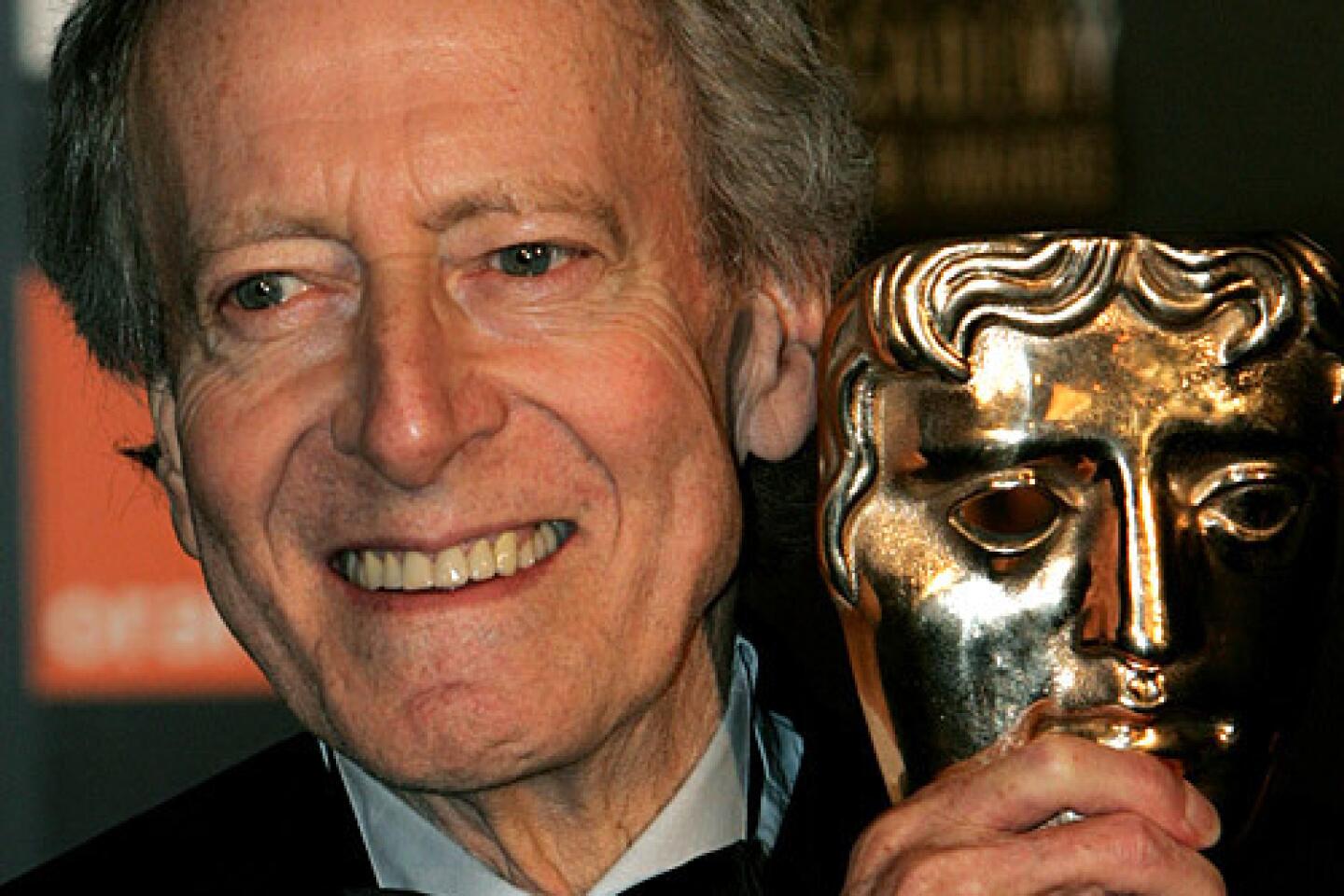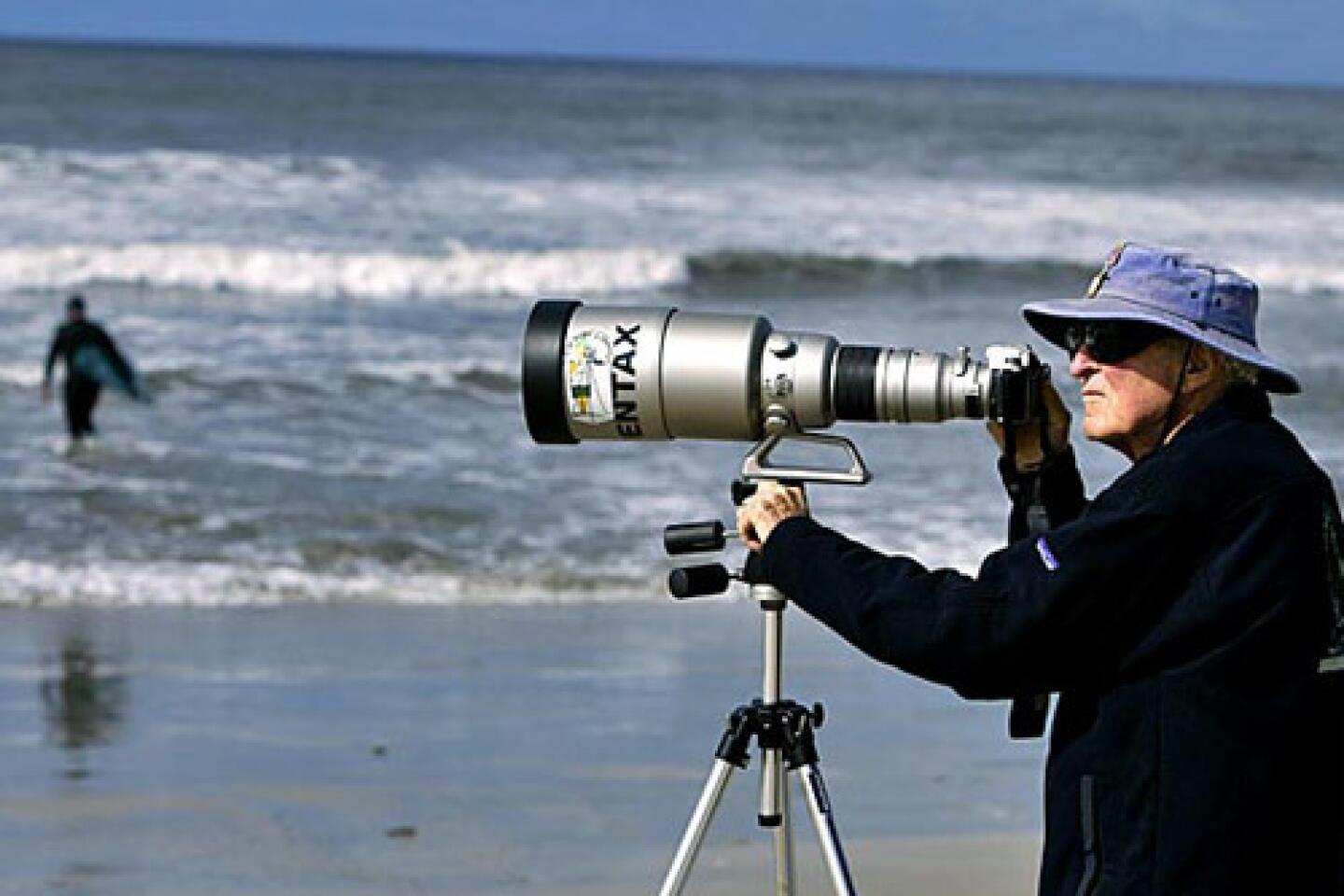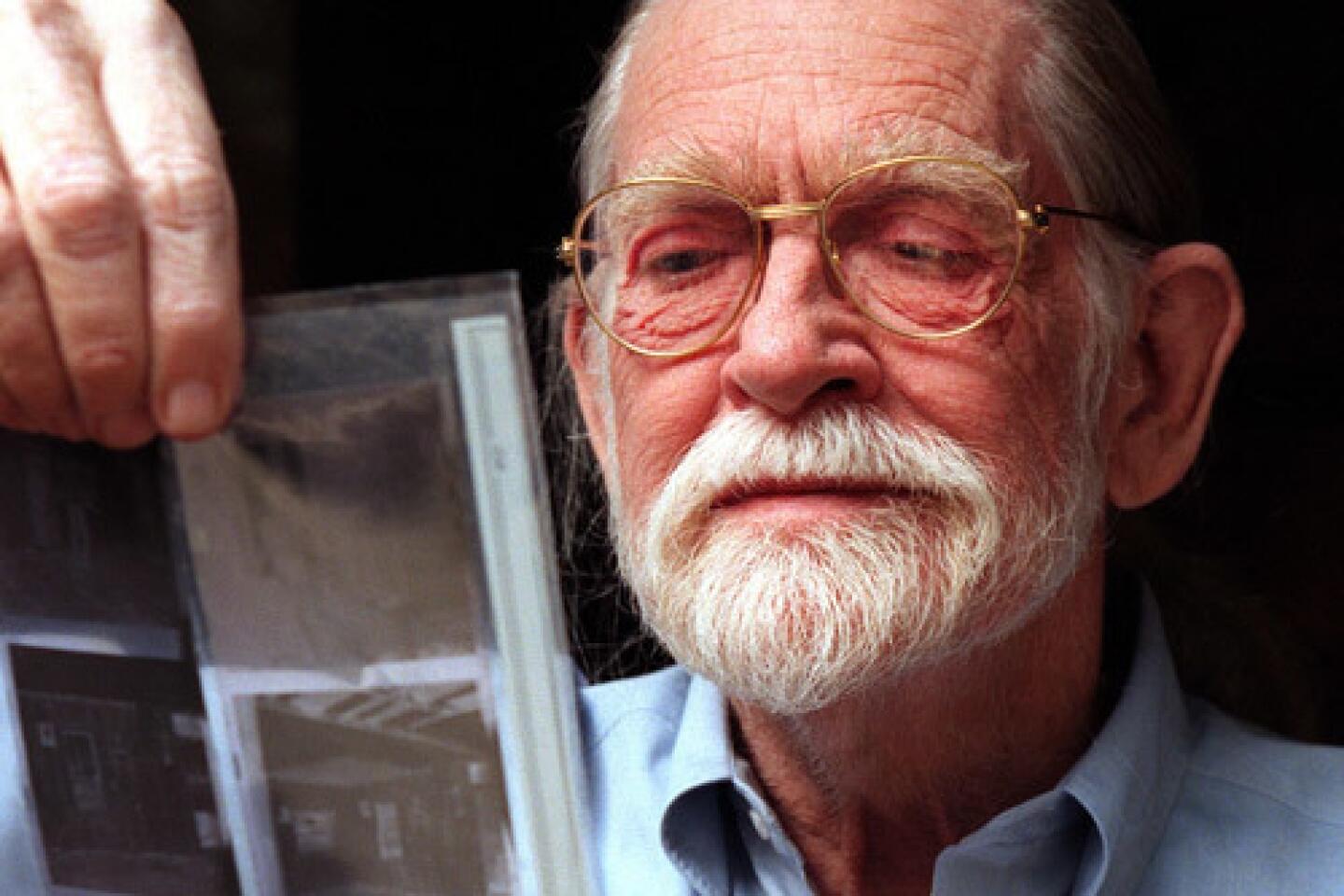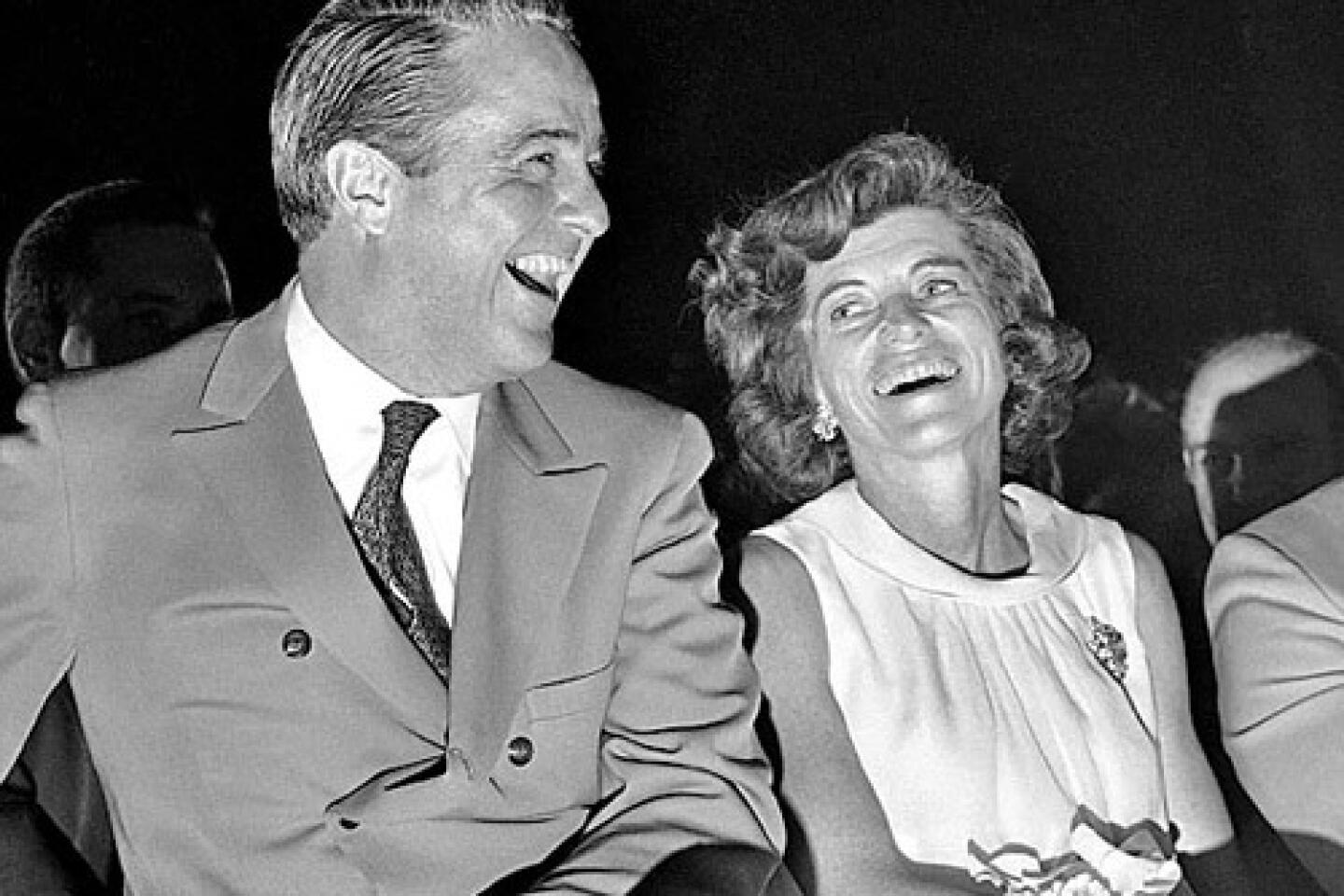Corwin Hansch dies at 92; scientist whose advances led to new drugs and chemicals
- Share via
Chemist Corwin Hansch, who pioneered the field of relating a molecule’s chemical structure to its biological activity, an approach widely used in developing new drugs and other commercial chemicals, died in Claremont on May 8. He was 92 and had suffered from a prolonged bout with pneumonia.
Hansch was known as the “father of computer-assisted molecule design” for his development of Quantitative Structure Activity Relationships, known colloquially as QSARs, which allow chemists to modify drugs and other molecules in a predictable manner to achieve desired characteristics.
He did it, moreover, at Pomona College, a liberal arts institution where his primary source of manpower for his laboratory research was undergraduate students — not the graduate students and post-doctoral fellows that most scientists rely on to implement their ideas.
“I can’t think of many other primarily undergraduate faculty who have had, or will have, such a huge research impact,” said chemist Dan O’Leary, his colleague at Pomona.
QSARs, also known simply as Hansch equations, are a series of equations that relate observable biological effects to specific, measurable properties of molecules.
In practice, the first step in using the equations is determining the biological effects of a series of closely related compounds. The equation that results then reveals how the structure of the molecule should be varied to obtain the maximum biological effect.
A promising drug, for example, might prove to have low toxicity in general, but one disturbing side effect. The Hansch equation suggests how the molecule should be modified to minimize the adverse properties.
Hansch’s students have synthesized many of the molecules used to develop the equations, but fortunately he has also been able to use data produced elsewhere. “We’ve used millions and millions of dollars’ worth of data collected at other places,” he told The Times. “We simply bring it back from the library, crank it through the computer and interpret it.”
Unfortunately, a small college like Pomona doesn’t always have the library resources he required. Hansch thus routinely drove from Pomona to Los Angeles every Saturday to perform his literature searches in the UCLA library.
By the time of his retirement, Hansch had published more than 250 papers in scientific journals, with at least 43 undergraduate co-authors. Each of them had to be trained in how to do the research, but by the time they had learned the procedures they were often ready to leave for graduate school, medical school or some other endeavor.
Moreover, as is typical for an undergraduate college, Hansch’s teaching load was about twice what it would have been at a university.
Corwin Herman Hansch was born Oct. 6, 1918, in Kenmare, N.D. He received his bachelor’s degree in chemistry from the University of Illinois in 1940 and his doctorate from New York University in 1944. Upon graduation he joined the wartime Manhattan Project that was developing the atomic bomb.
After the war, he took a position as a research chemist at DuPont but left shortly thereafter to come to Pomona, where he spent his entire career. “I came to Pomona with the idea that it was a place to get started,” he said. “I found out that it was a very fine place to stay.”
At the time the school was nearly the size it is now, but the chemistry department, Hansch said, had “virtually no equipment.” His first grant, $2,400, was bigger than the entire department’s budget.
As he neared retirement, Hansch said he was not sure that he would advise an aspiring research scientist to pick a small school, but that he personally had no regrets. “Because you are out of the mainstream, you can do any damn thing you want to,” he said. “I probably never would have had the long period of time necessary to develop QSAR if I had been at a larger school.”
He formally retired in 1988 but continued doing research until 2010. He was a voracious reader and loved to travel and to ski Mt. Baldy, Colorado, the Alps and the Andes.
He is survived by his wife of 66 years, the former Gloria J. Tomasulo; and a son, Clifford.
Start your day right
Sign up for Essential California for the L.A. Times biggest news, features and recommendations in your inbox six days a week.
You may occasionally receive promotional content from the Los Angeles Times.
